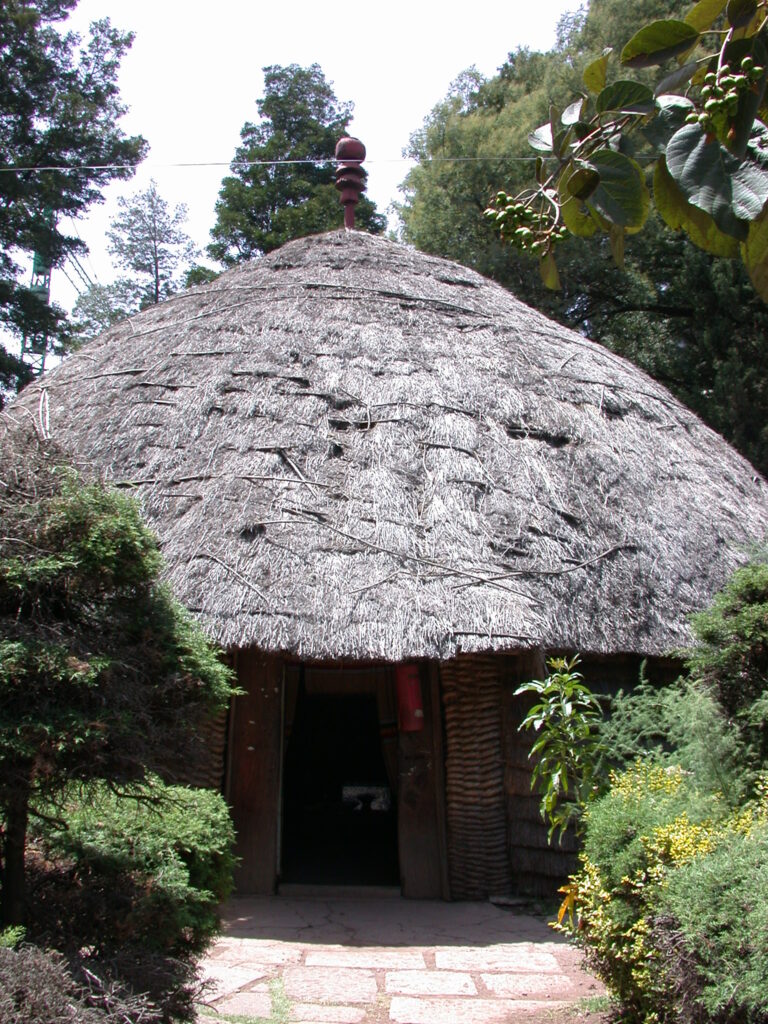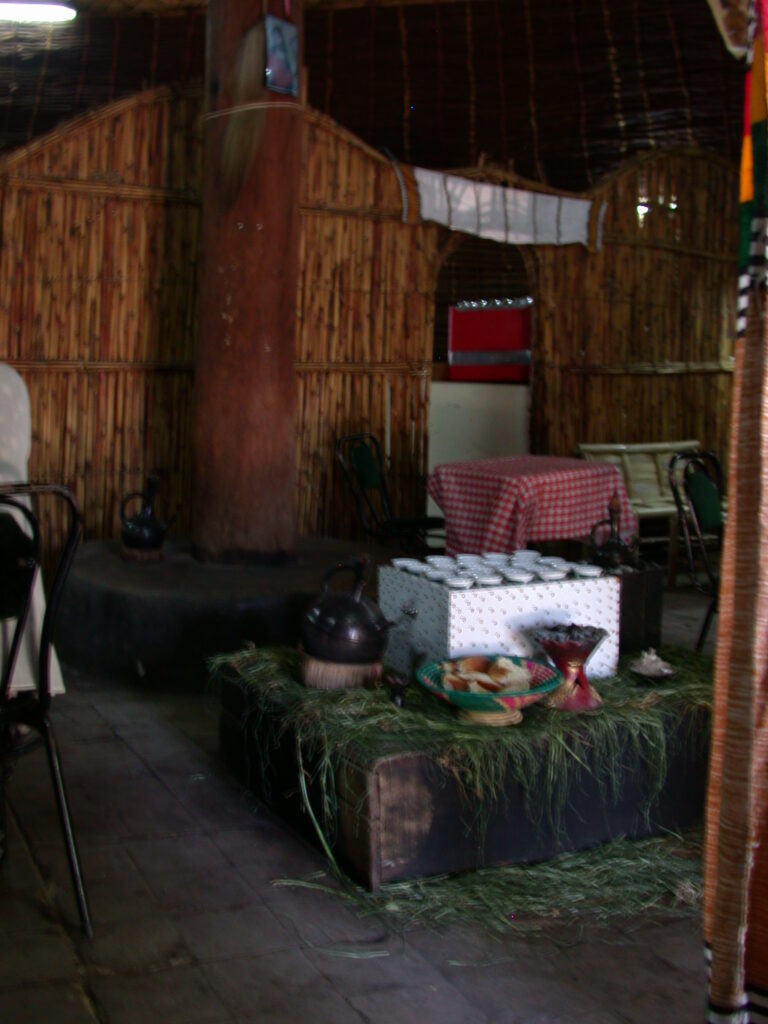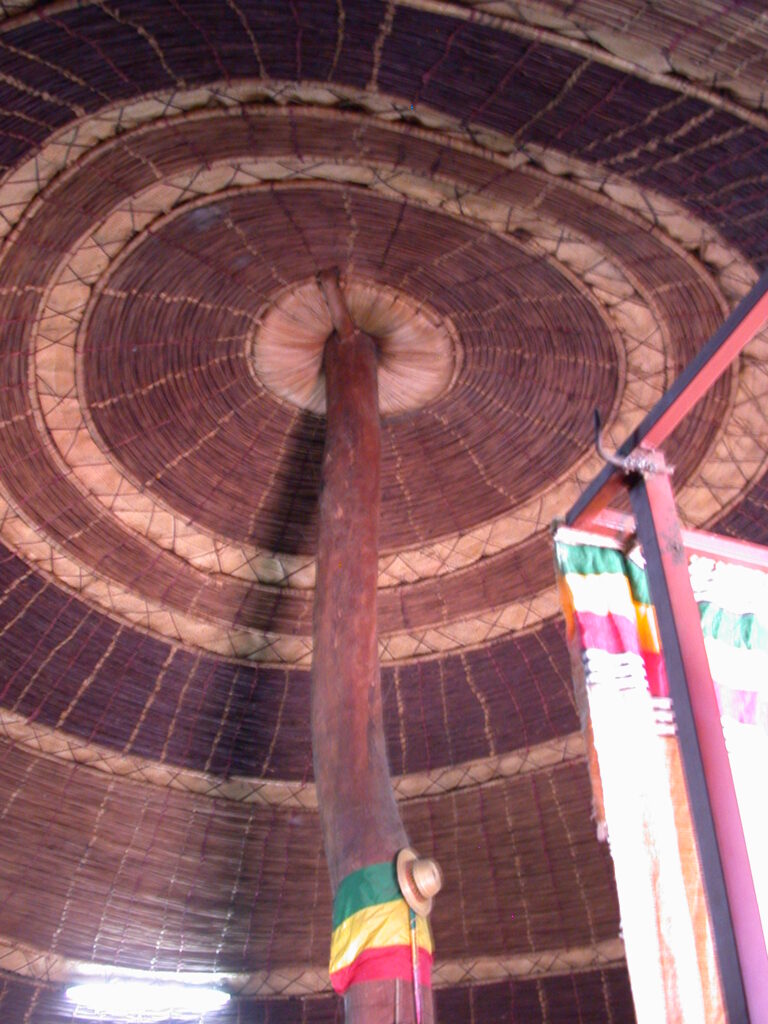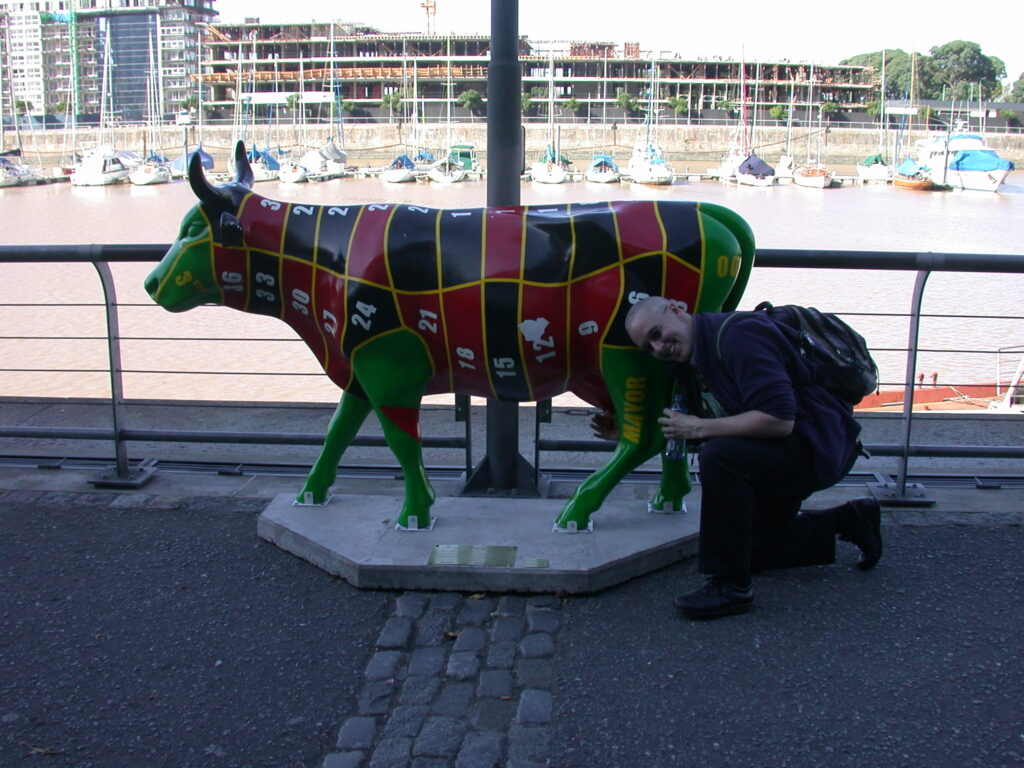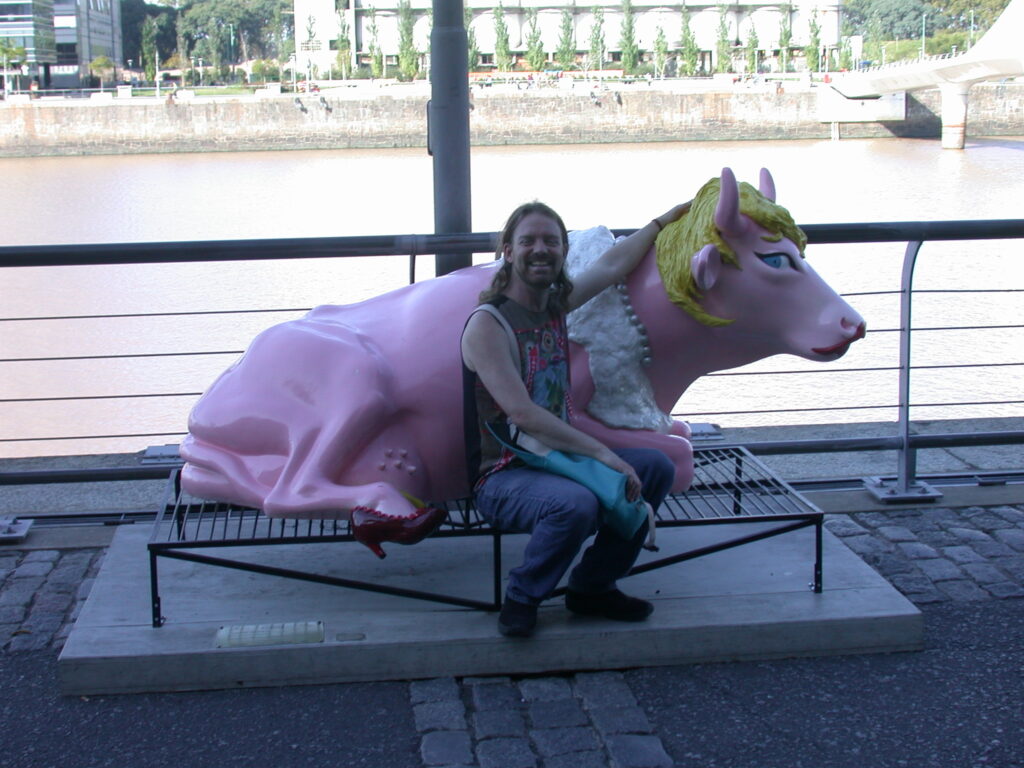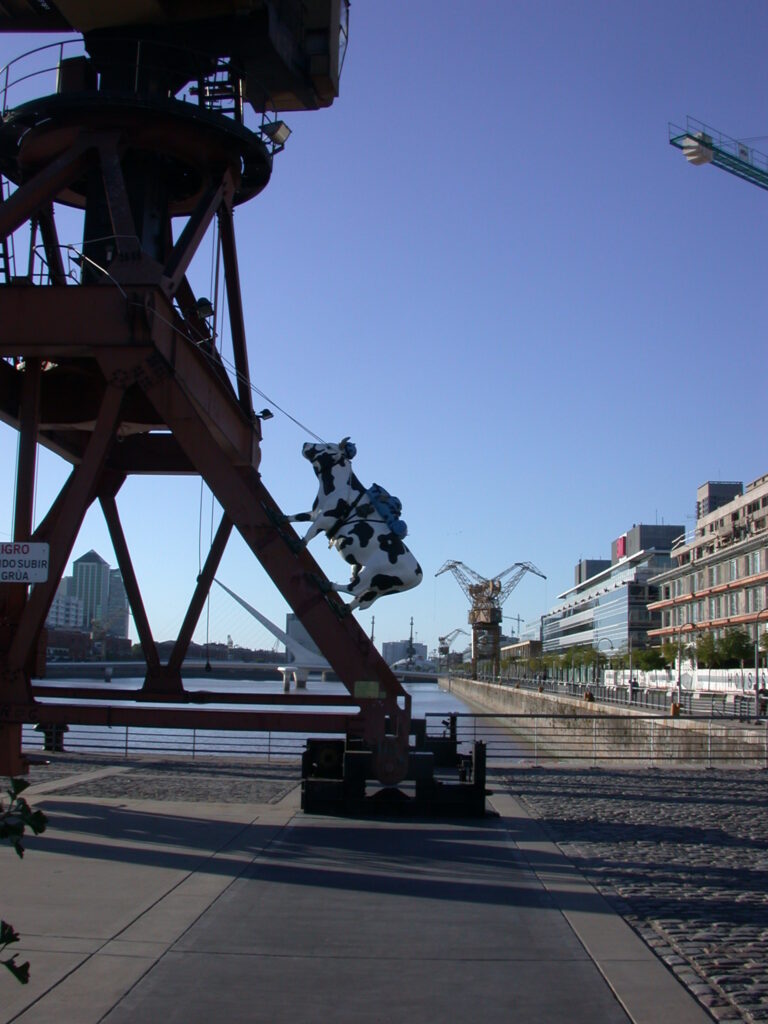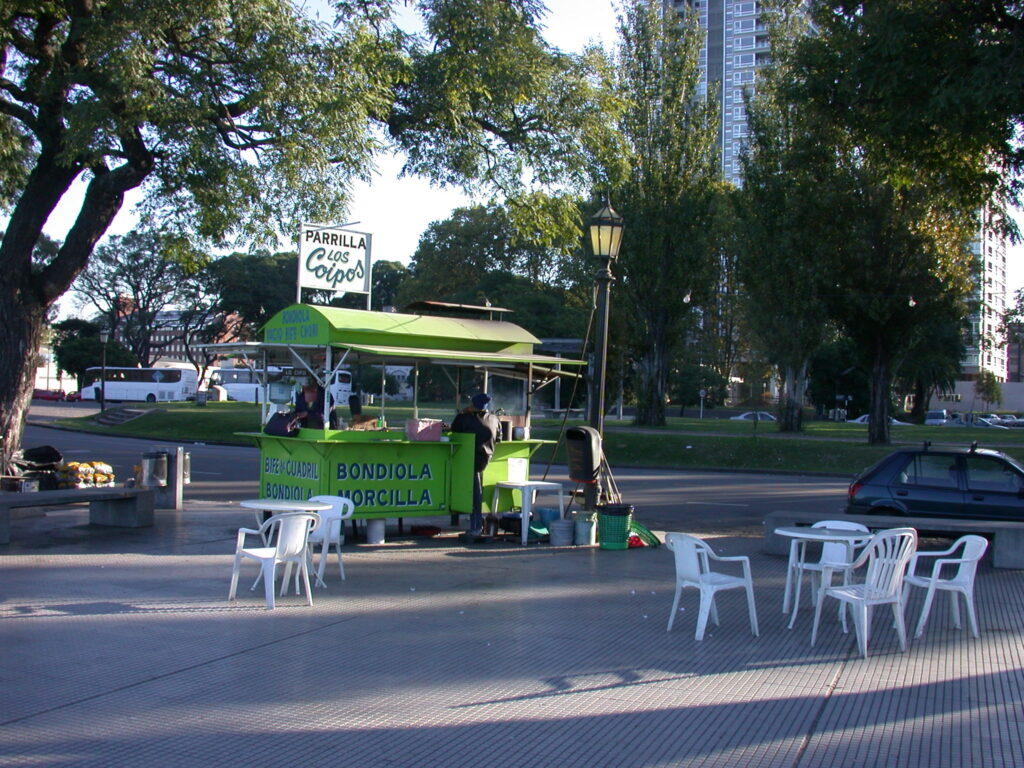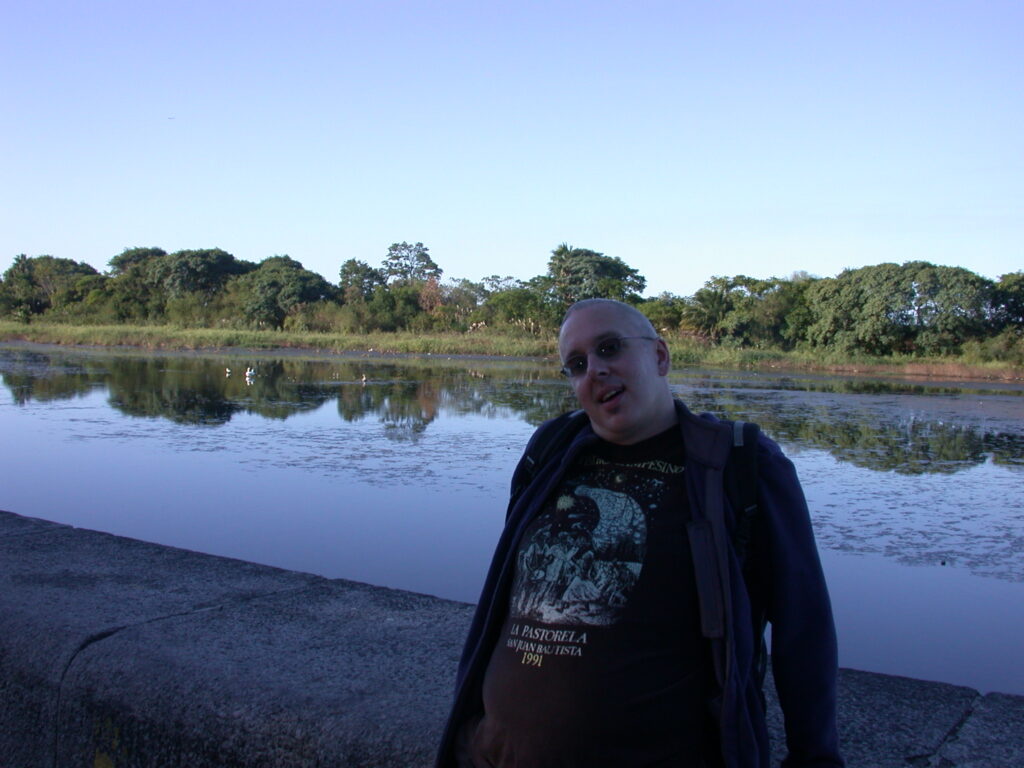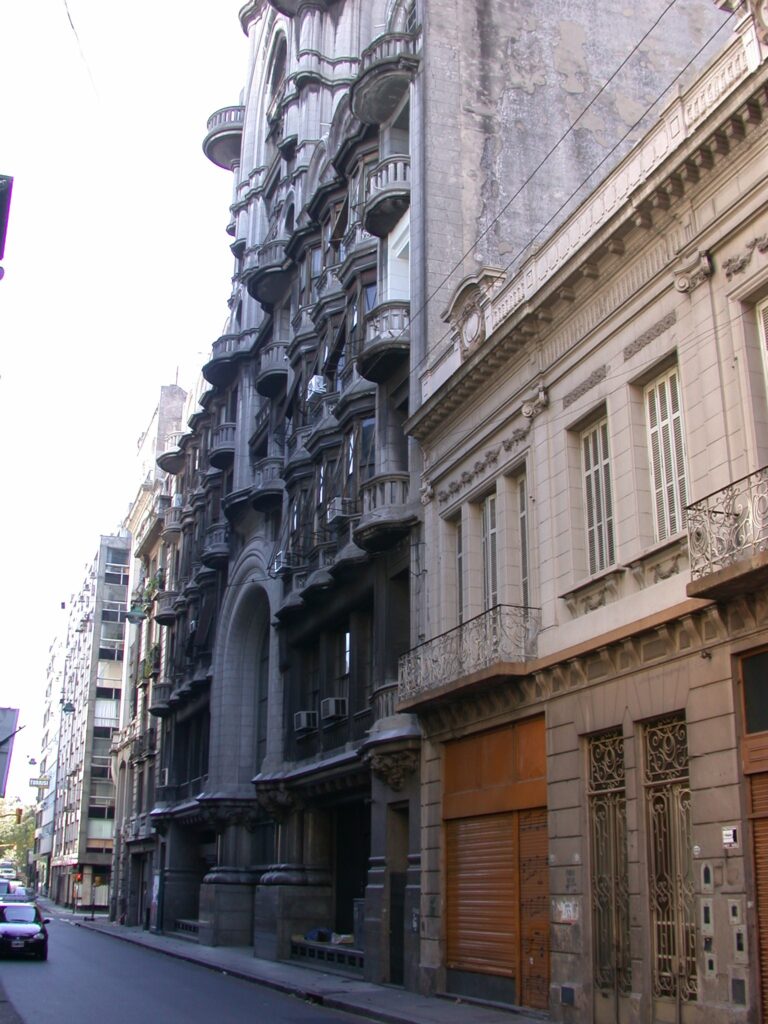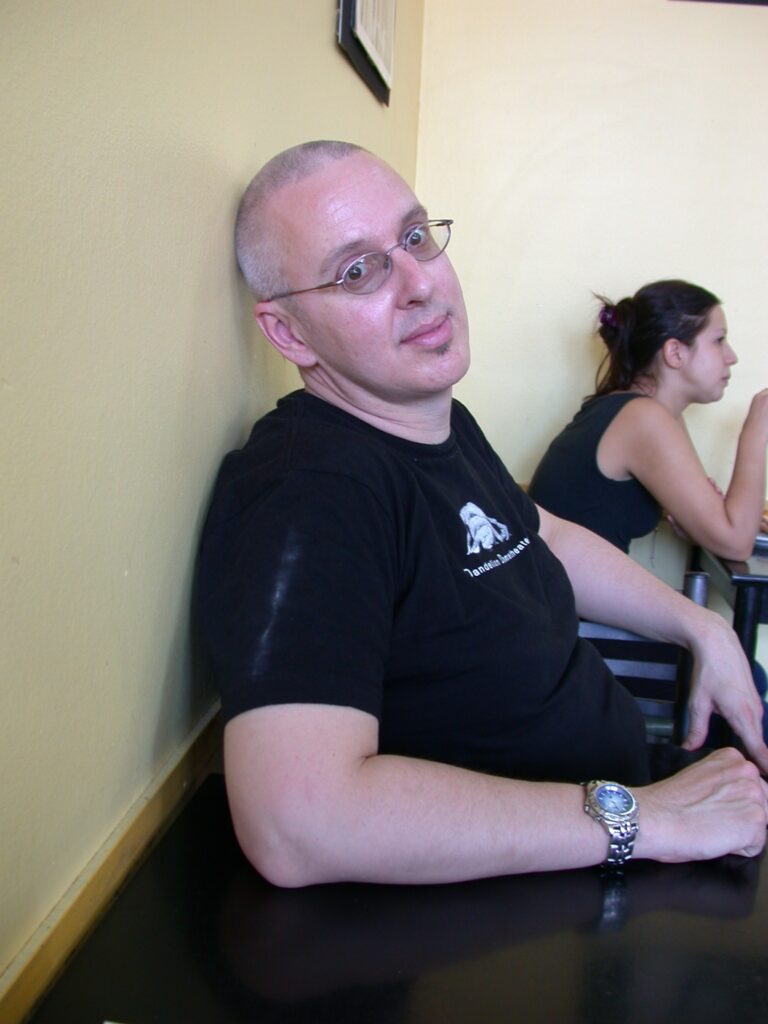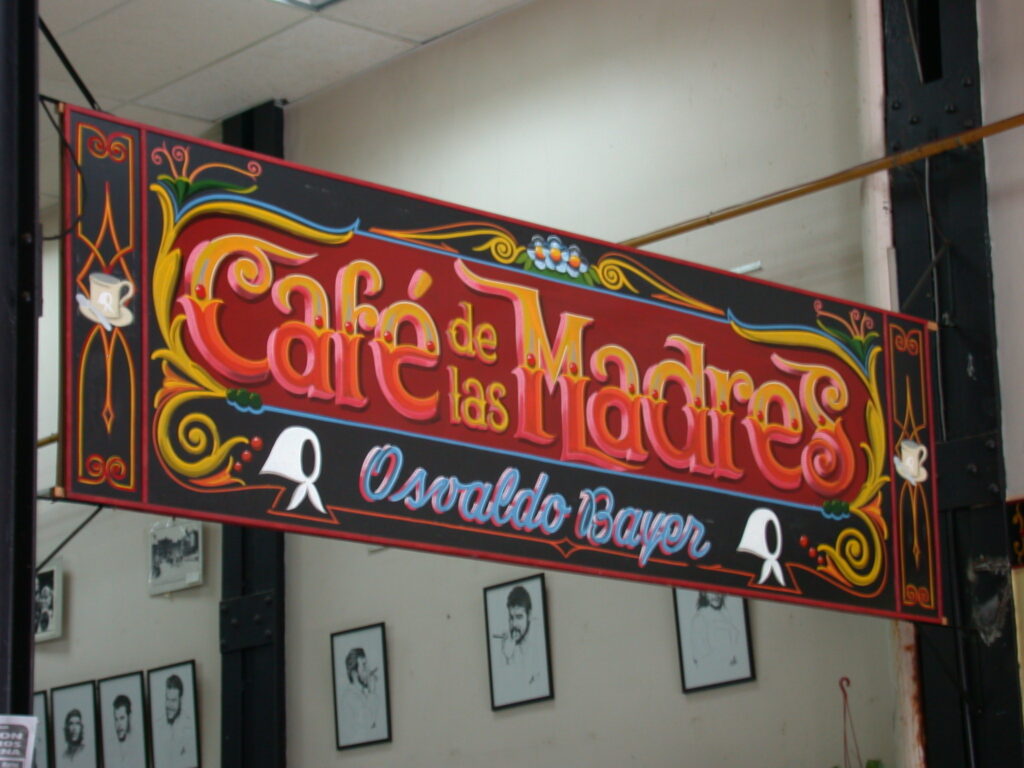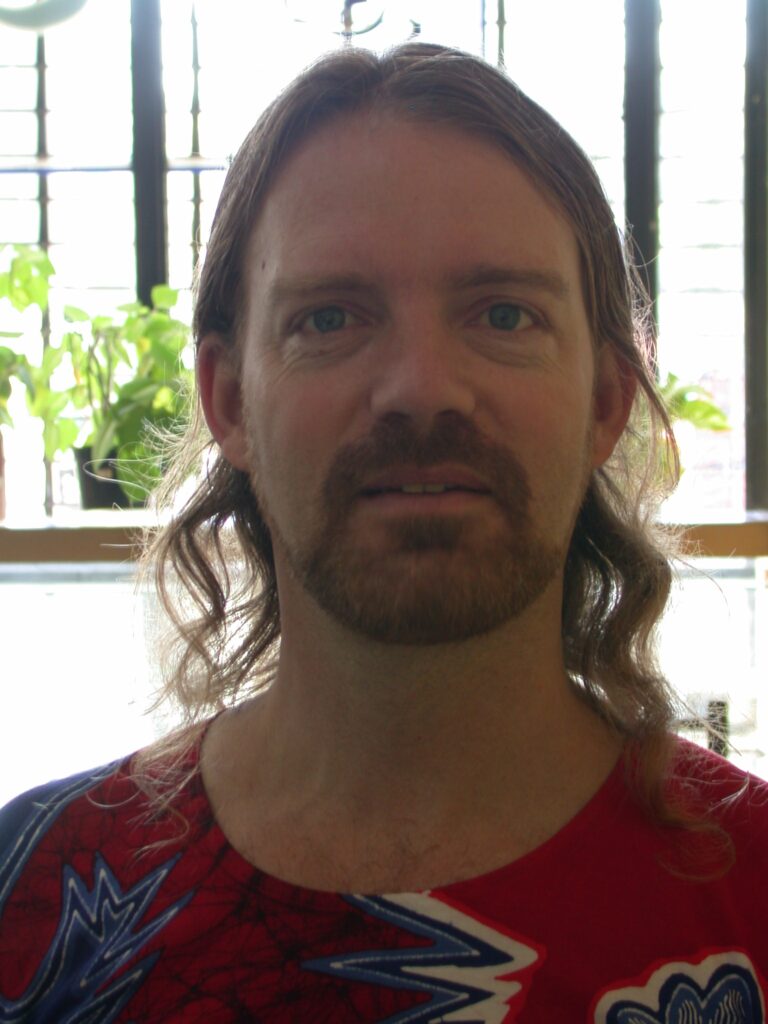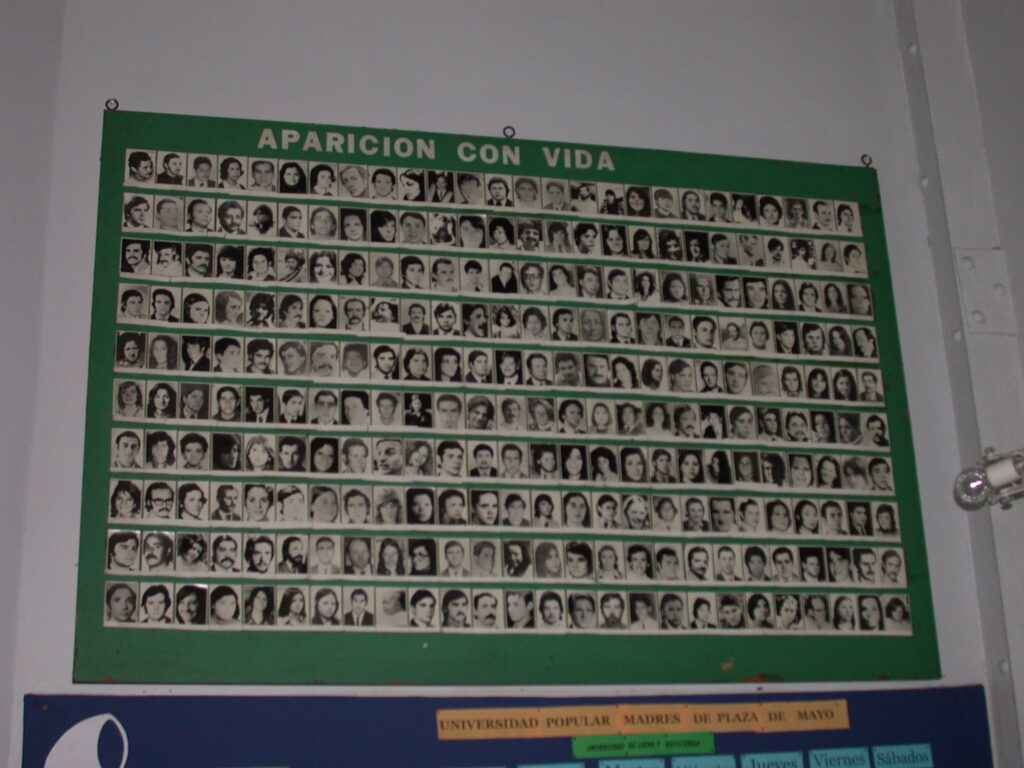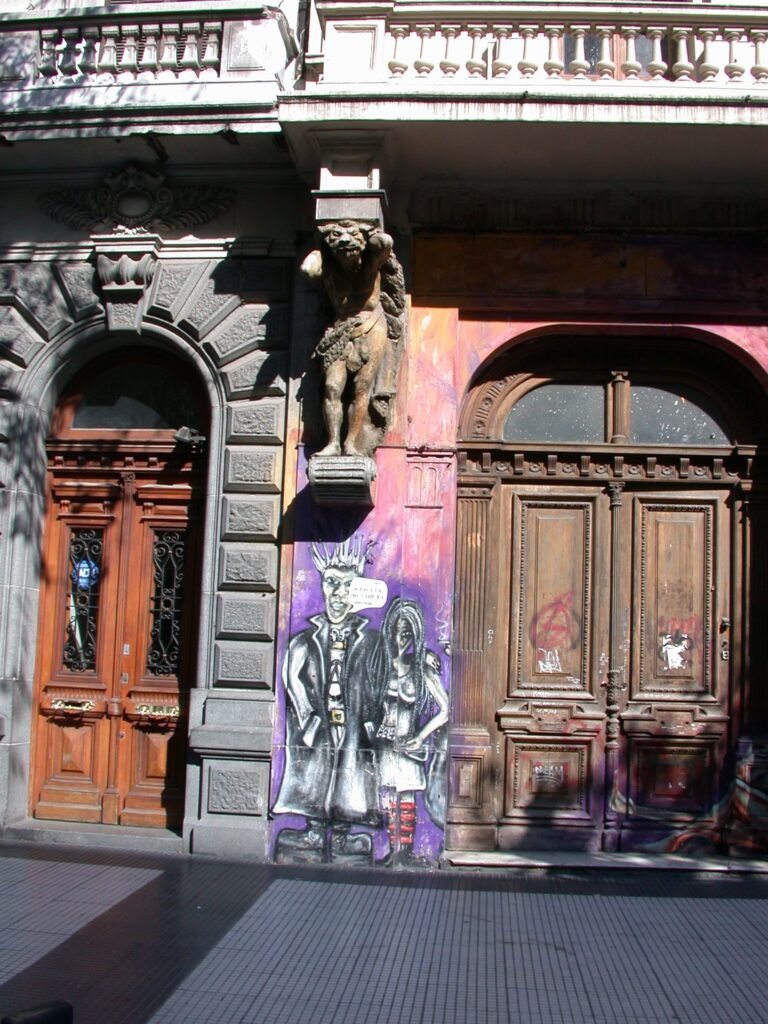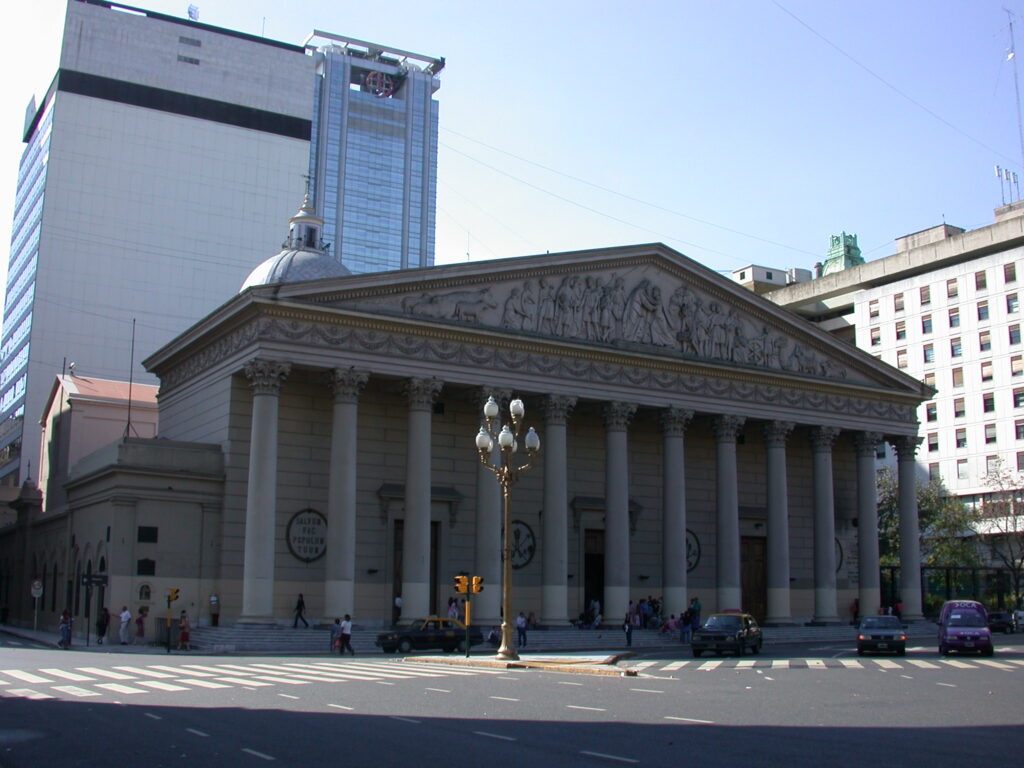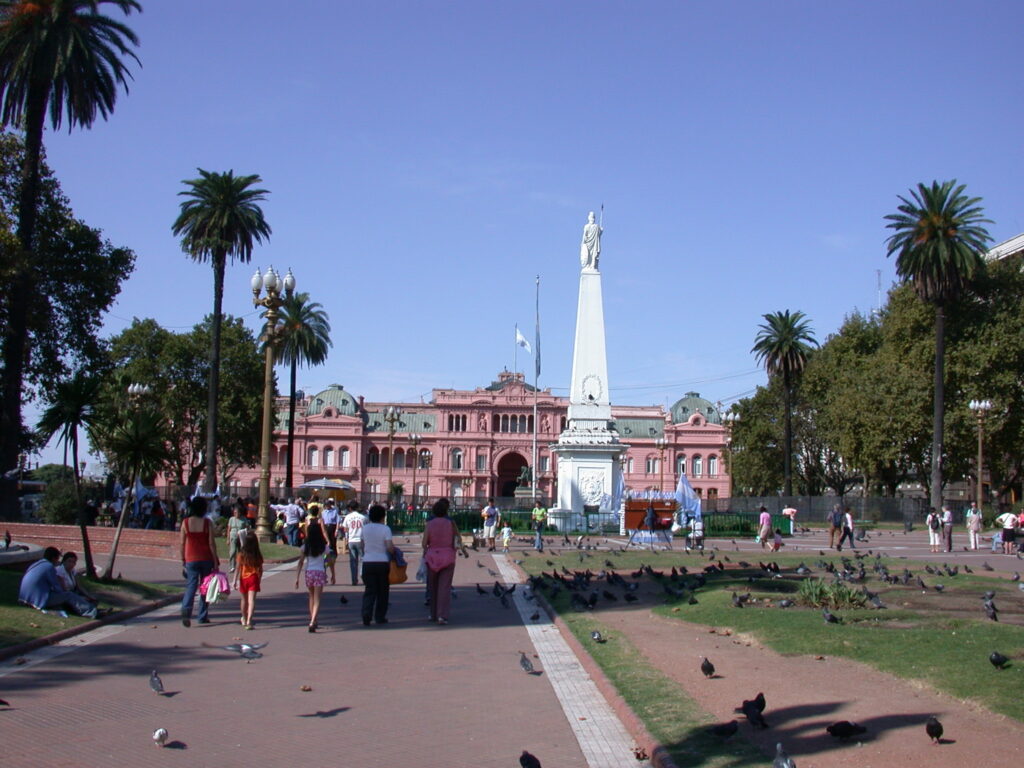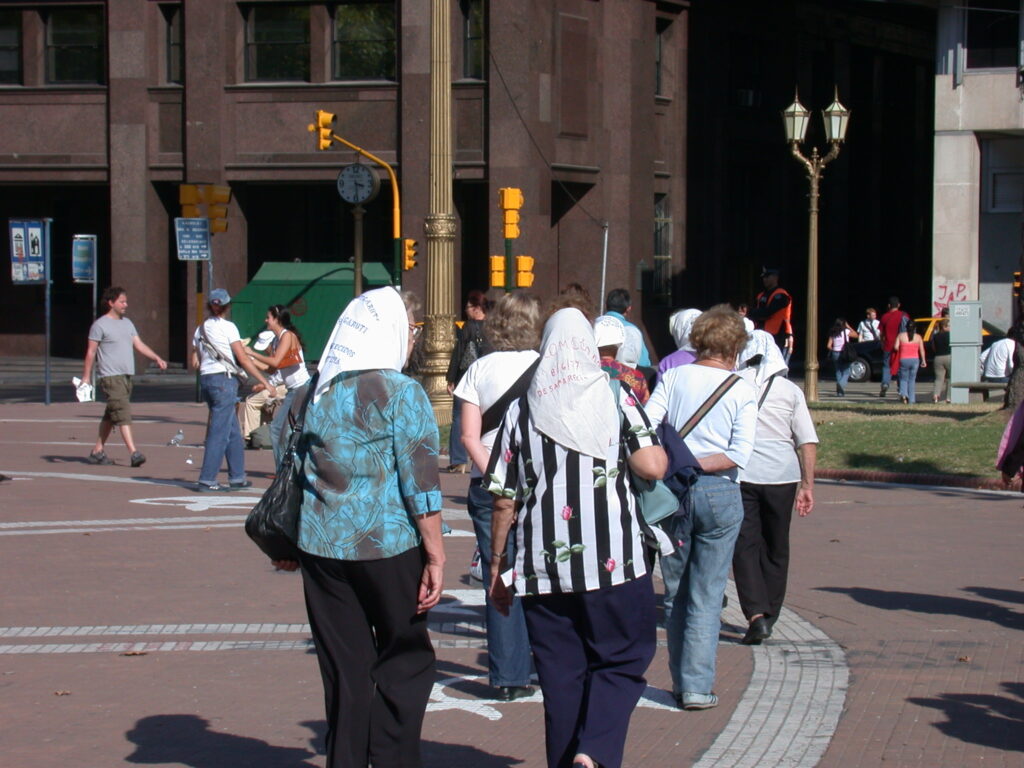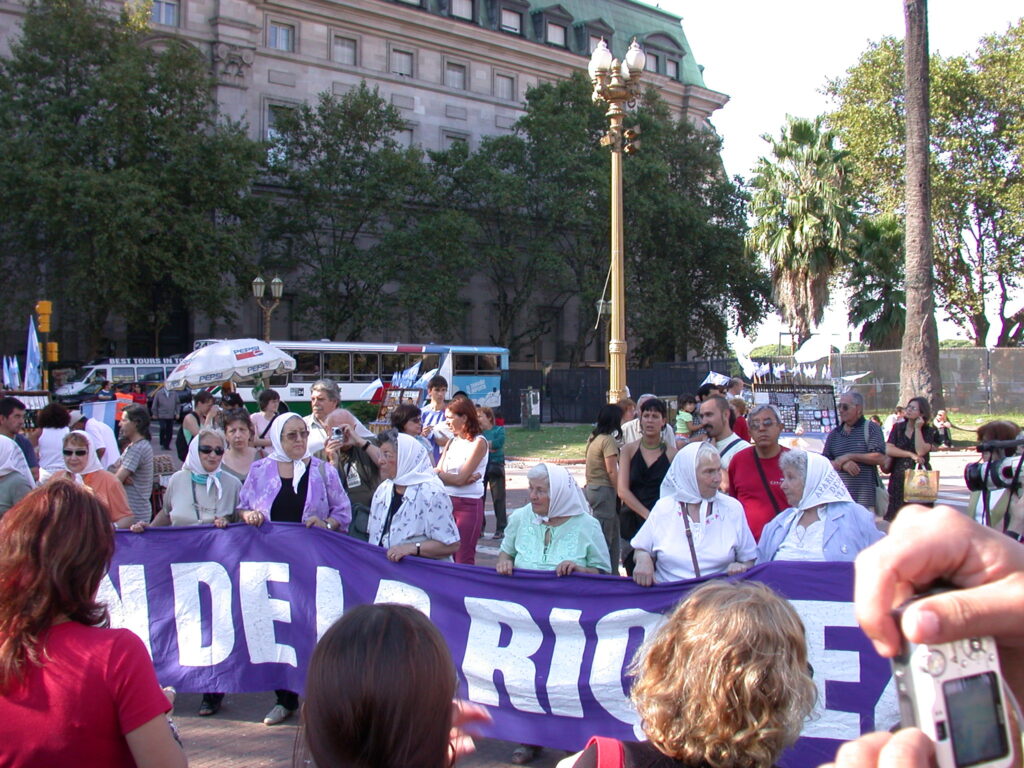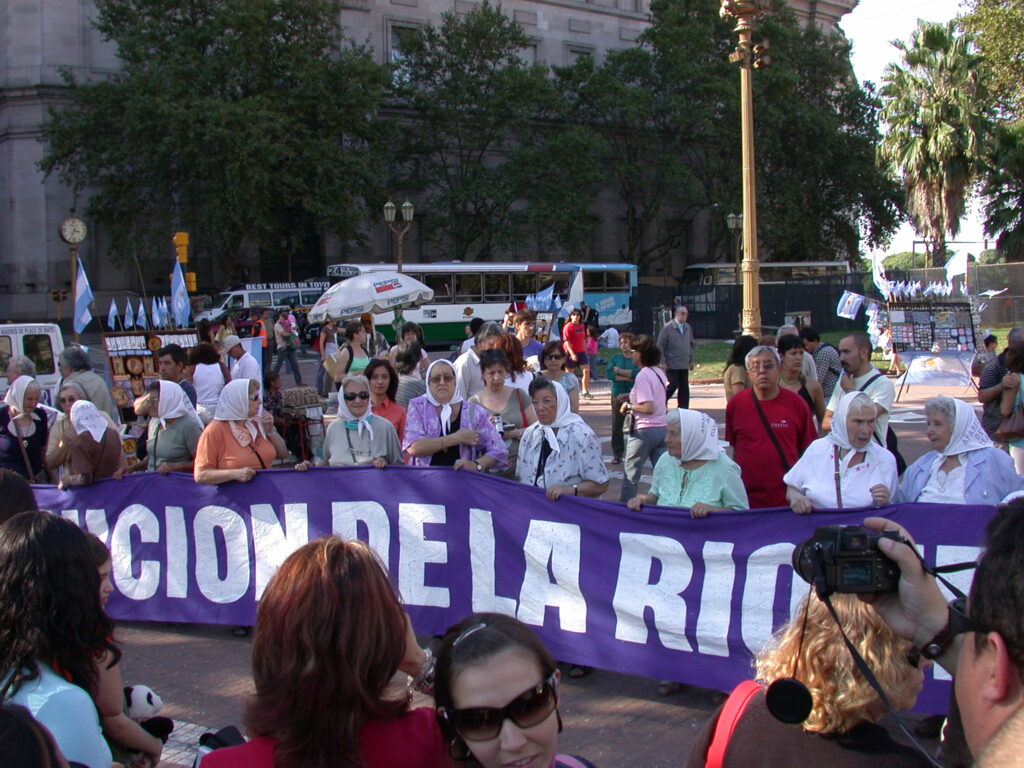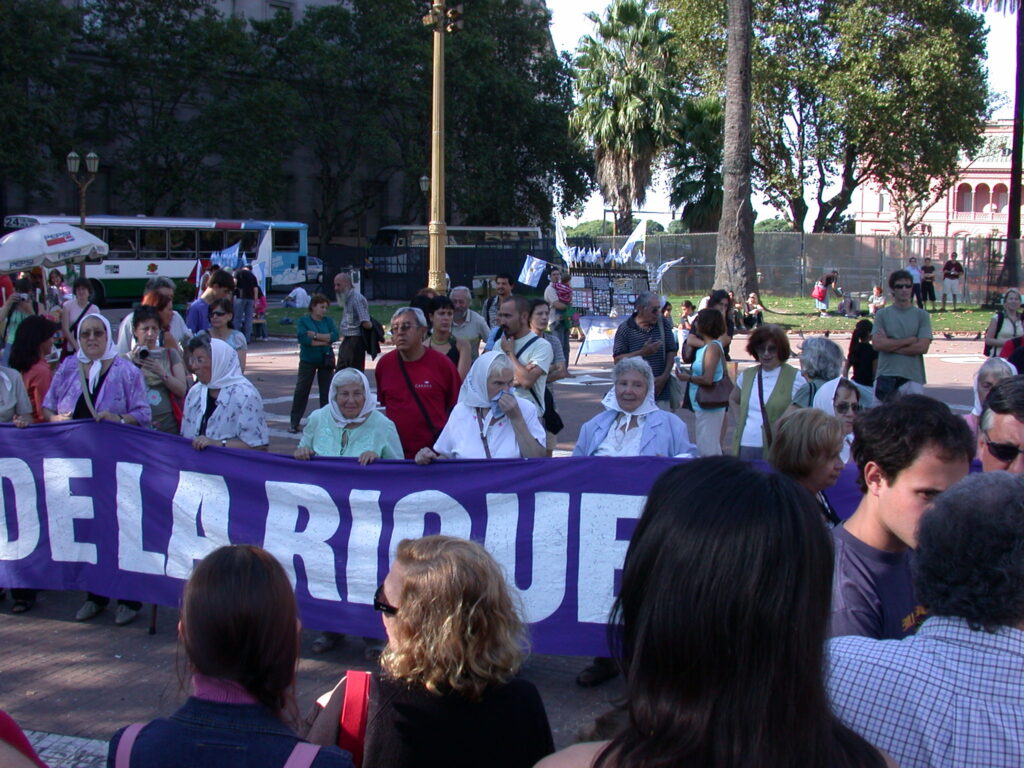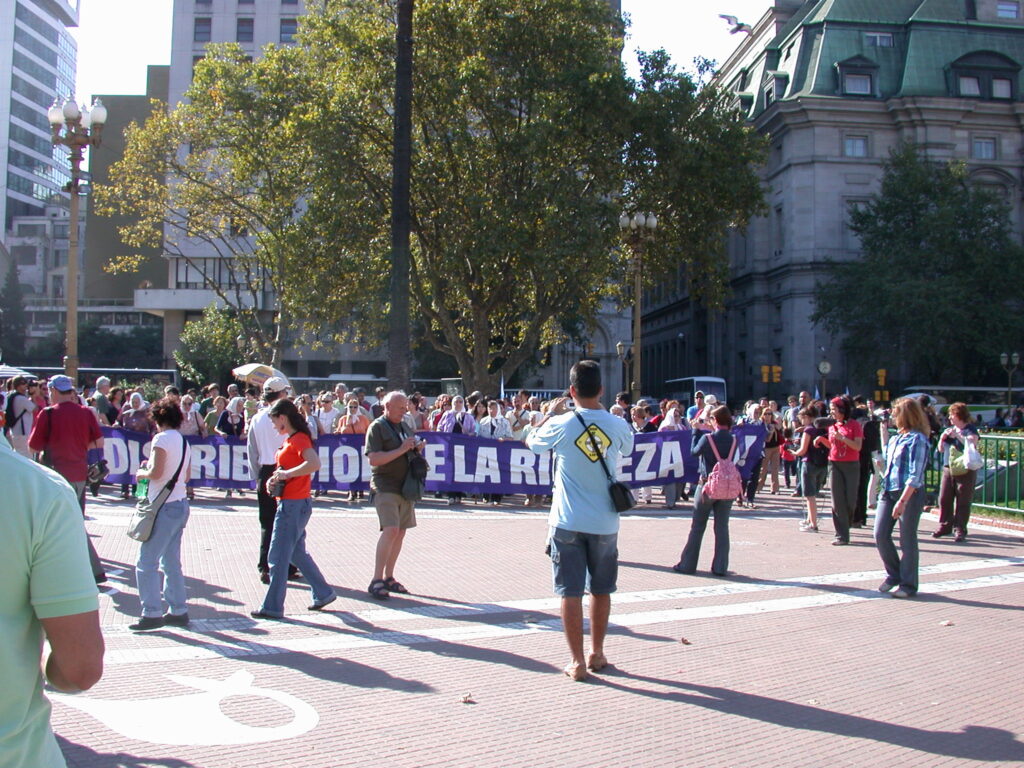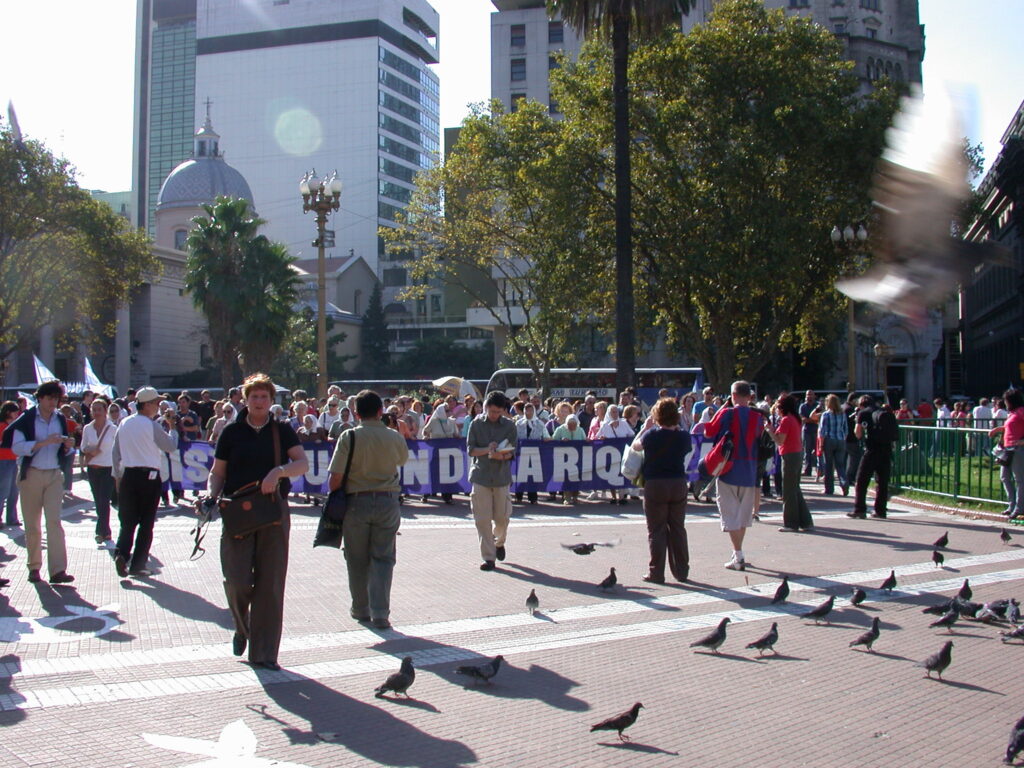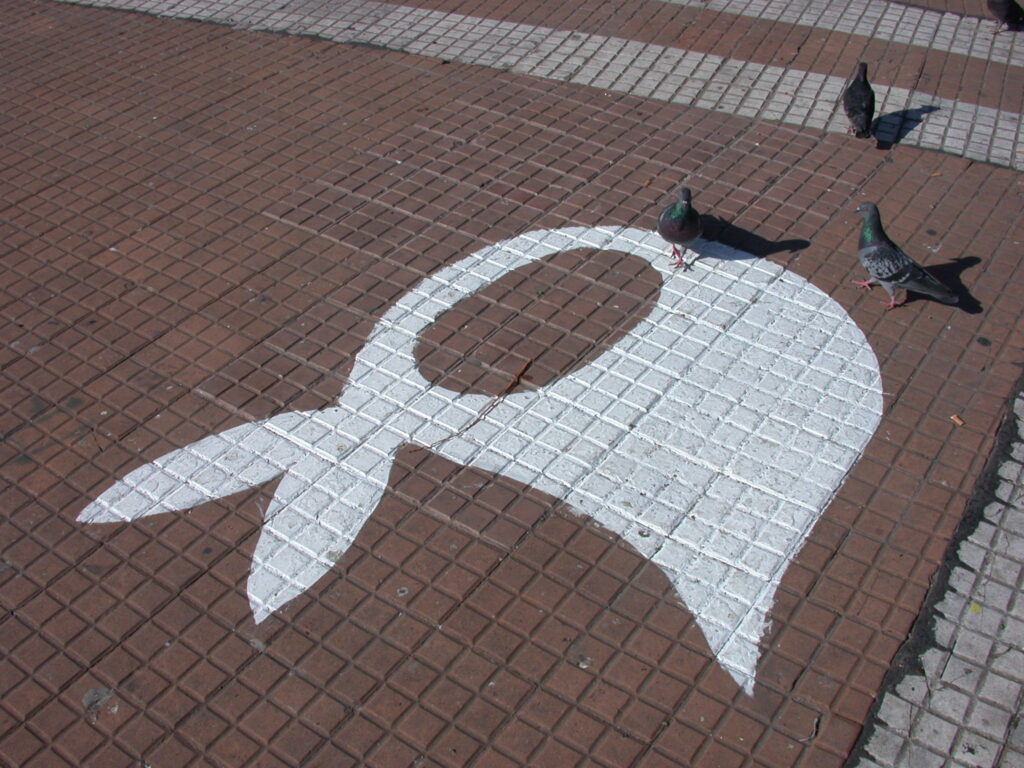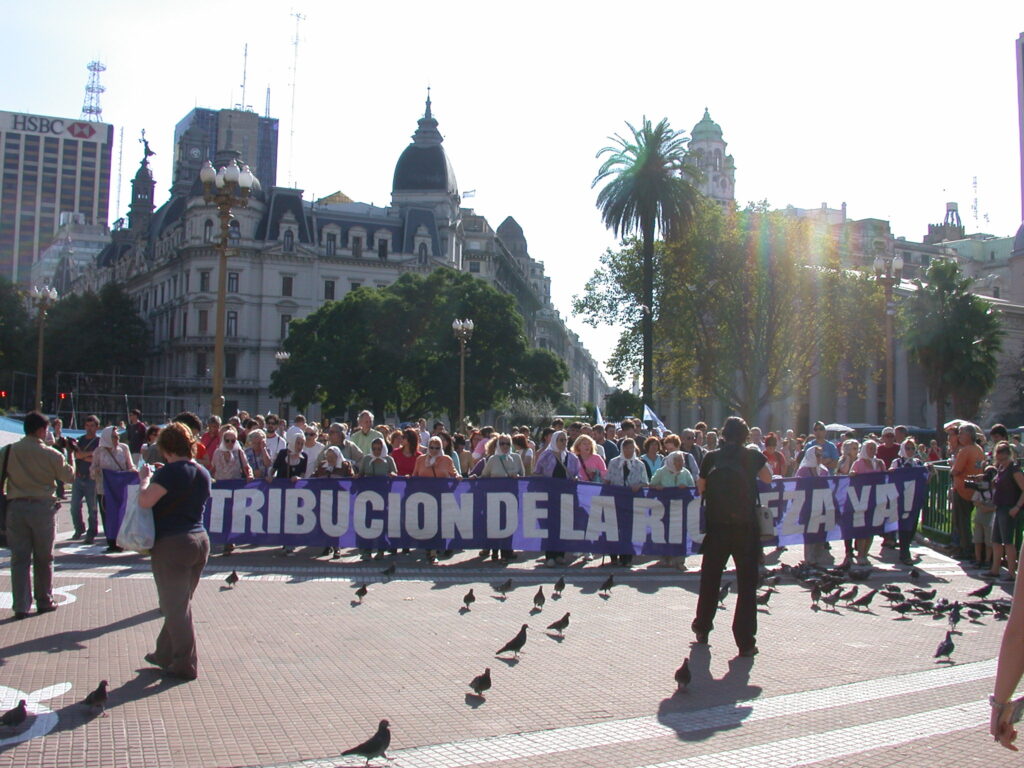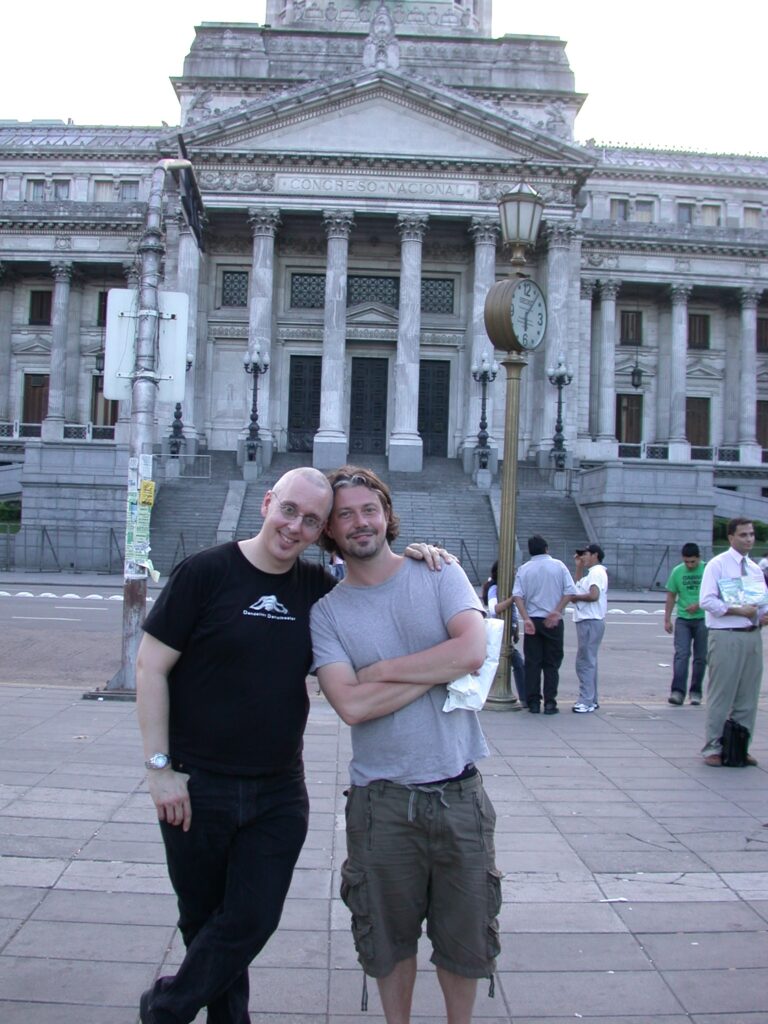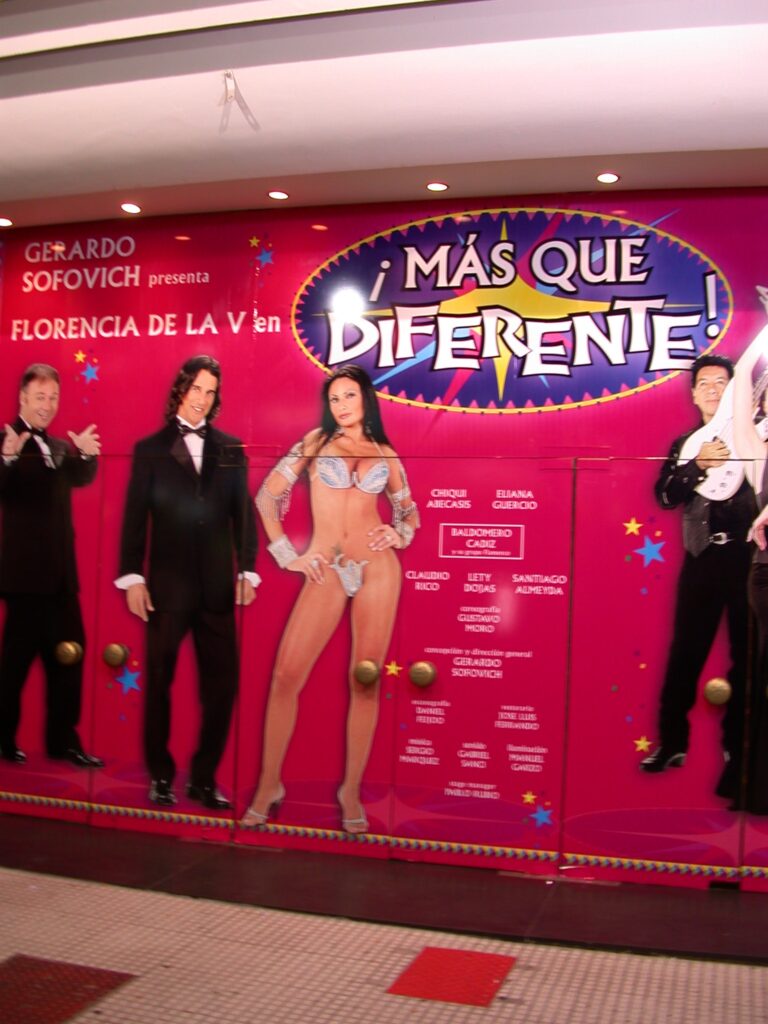Continuing on from the previous blog entry, the National Museum in Addis Ababa, Ethiopia, has some other impressive modern pieces, such as this statue called “Hair Style”, the painting “Genital Mutilation” by Abebe Zelelew (2003), and “Fetel” by Marta Mengistu (2004).
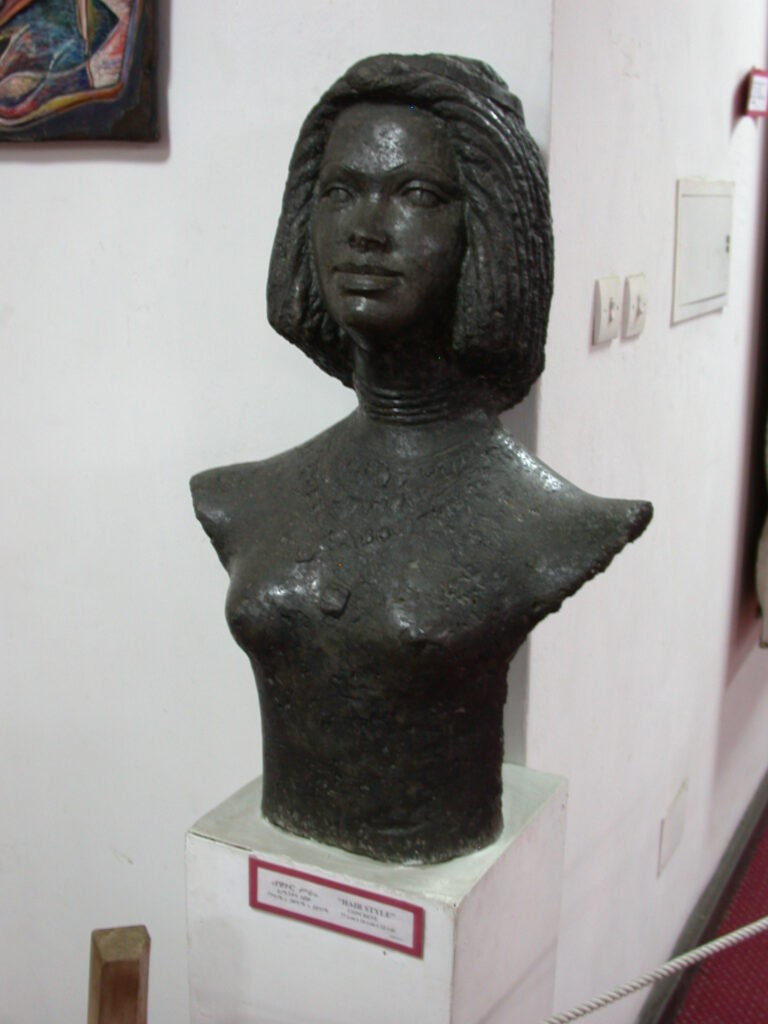
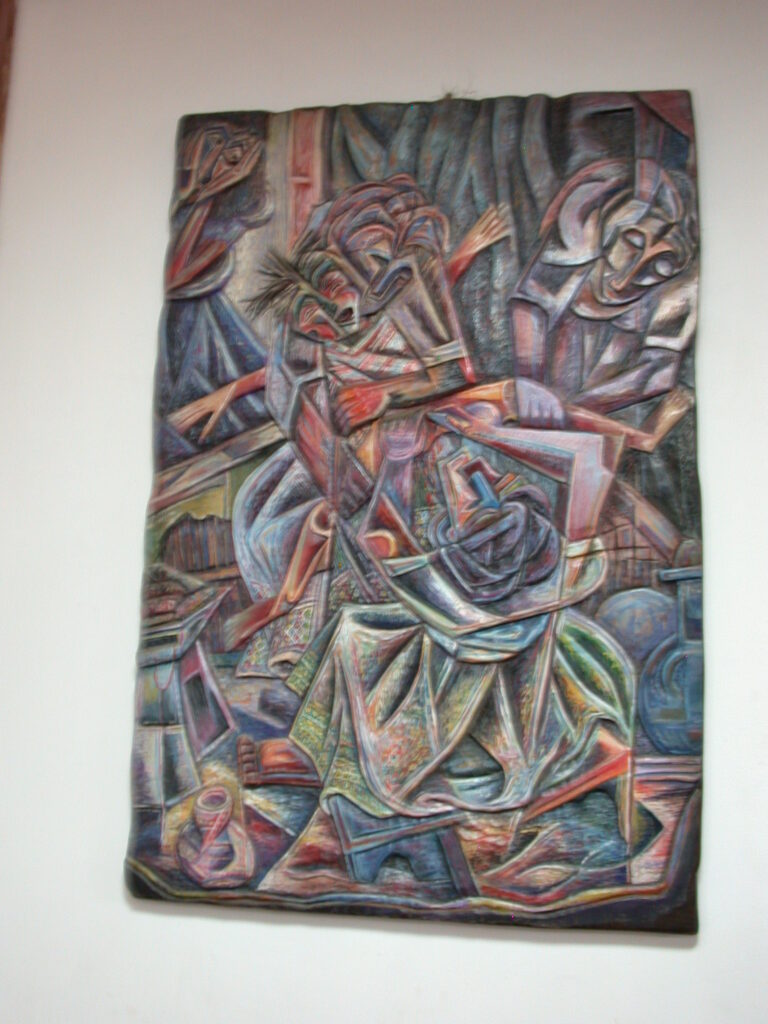
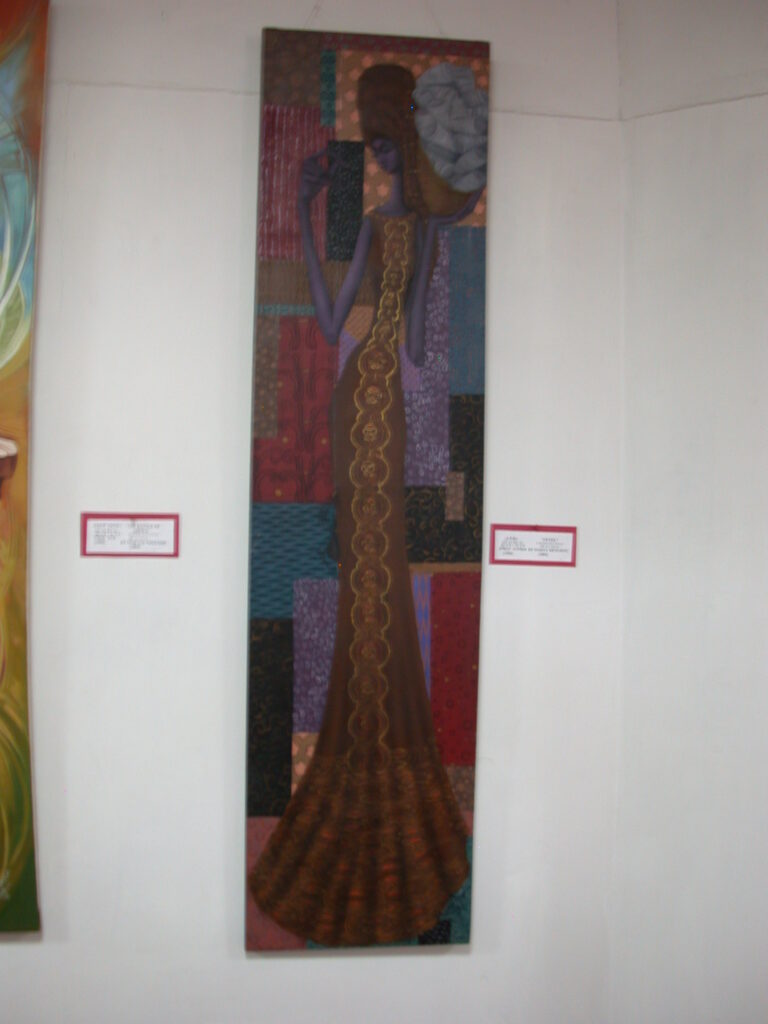
“Bedebo Fetel” is by an unknown artist.
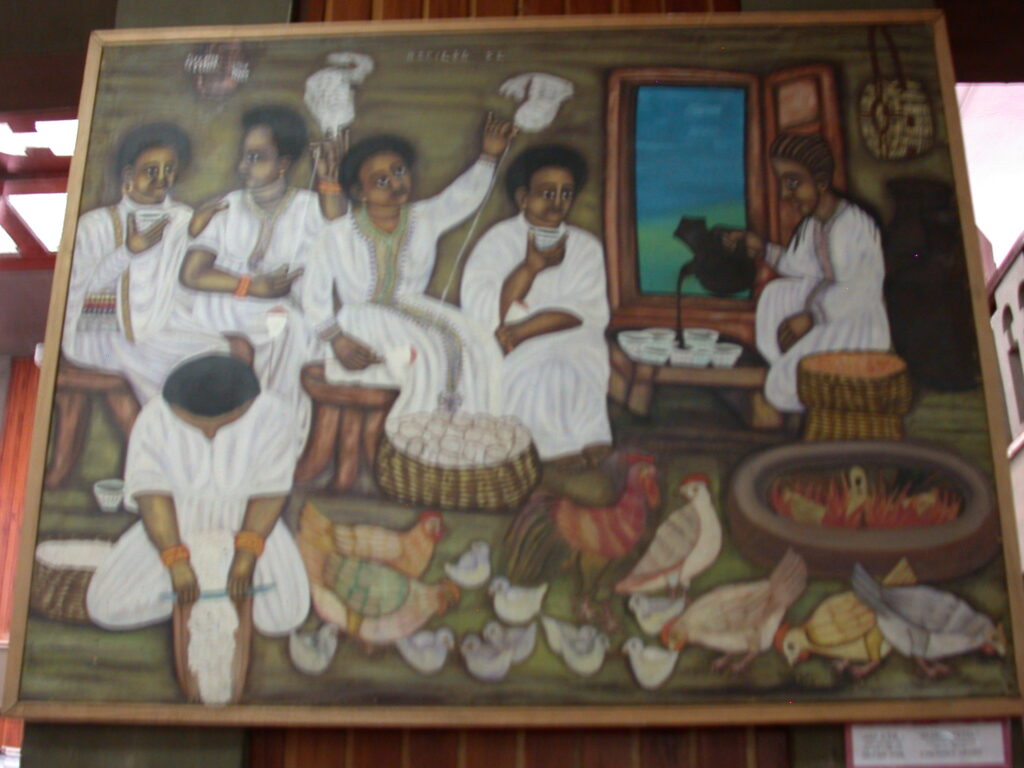
On the ground floor of the museum is also a section on other historical periods of Ethiopia (and now Eritrea). Many items I am not able to identify because they were not labeled well, such as these pictures of Ethiopian tribal people.
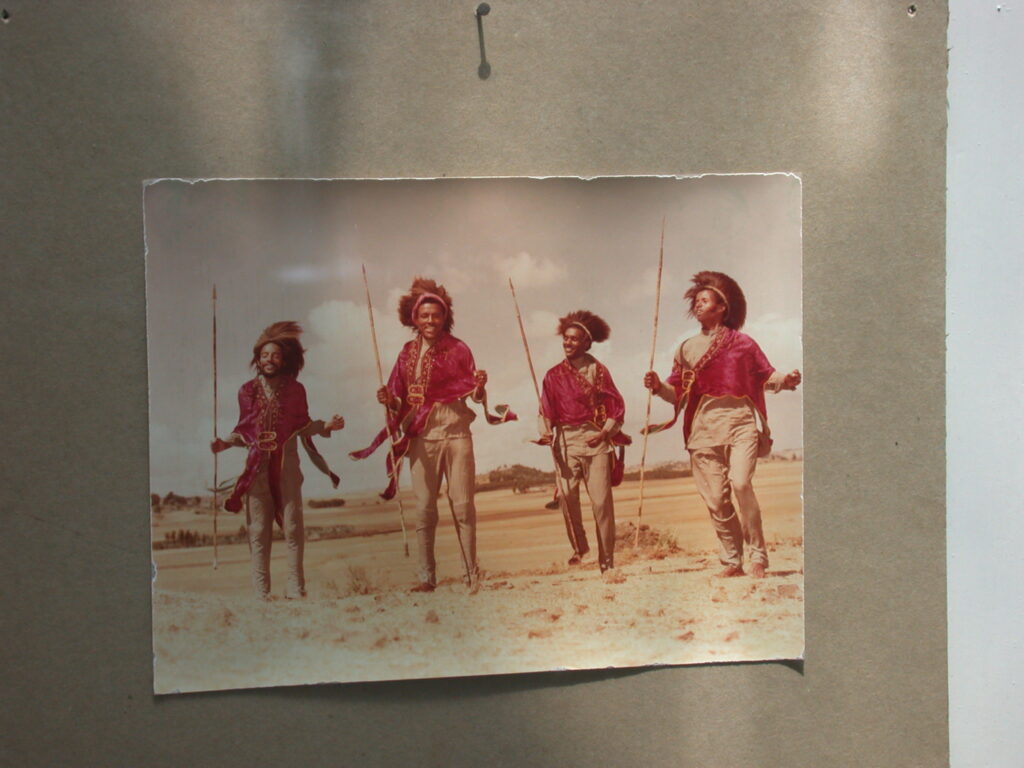
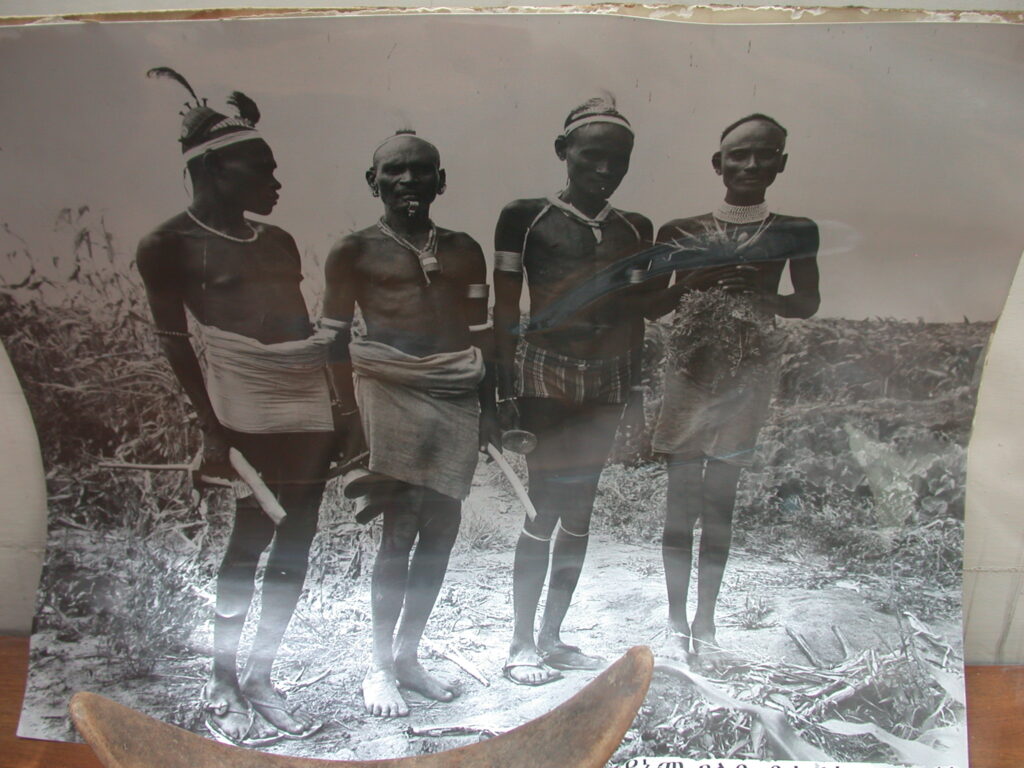
Some are musical instruments like the secular krar and its liturgical counterpart.
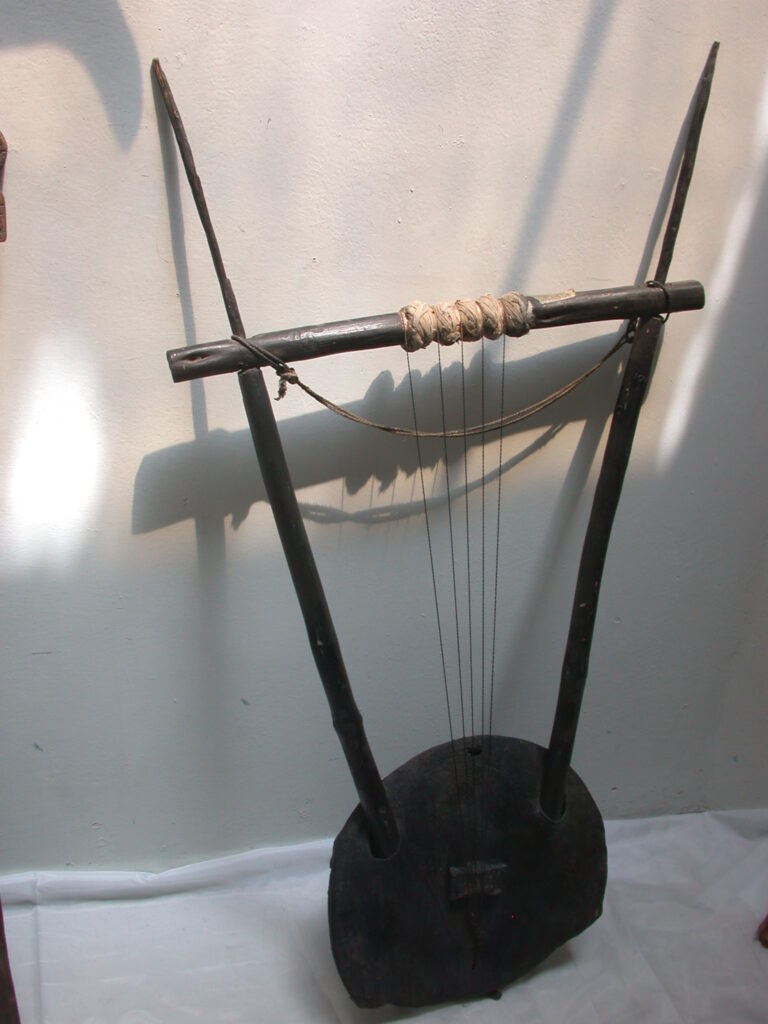

How about an Ethiopian game?

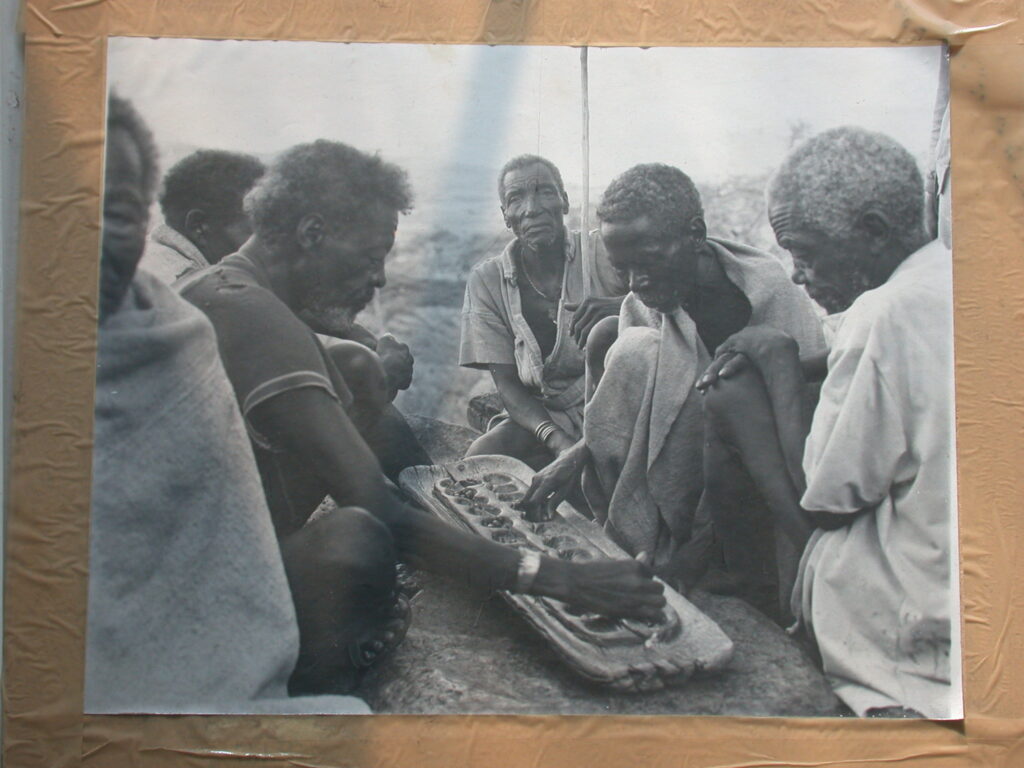
I loved these brilliantly carved artifacts, the latter one being a limestone seat niche decorated with a relief of persons and an ibex from the 5th to 4th century BCE in Haoulti, Tigrai, Ethiopia.
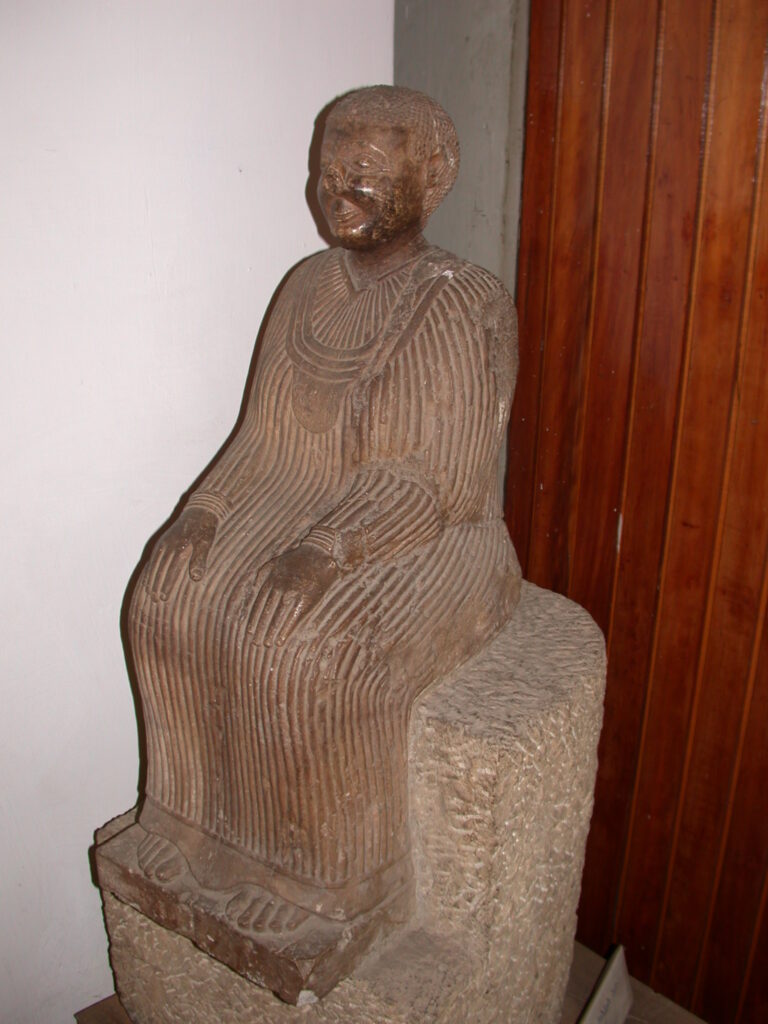
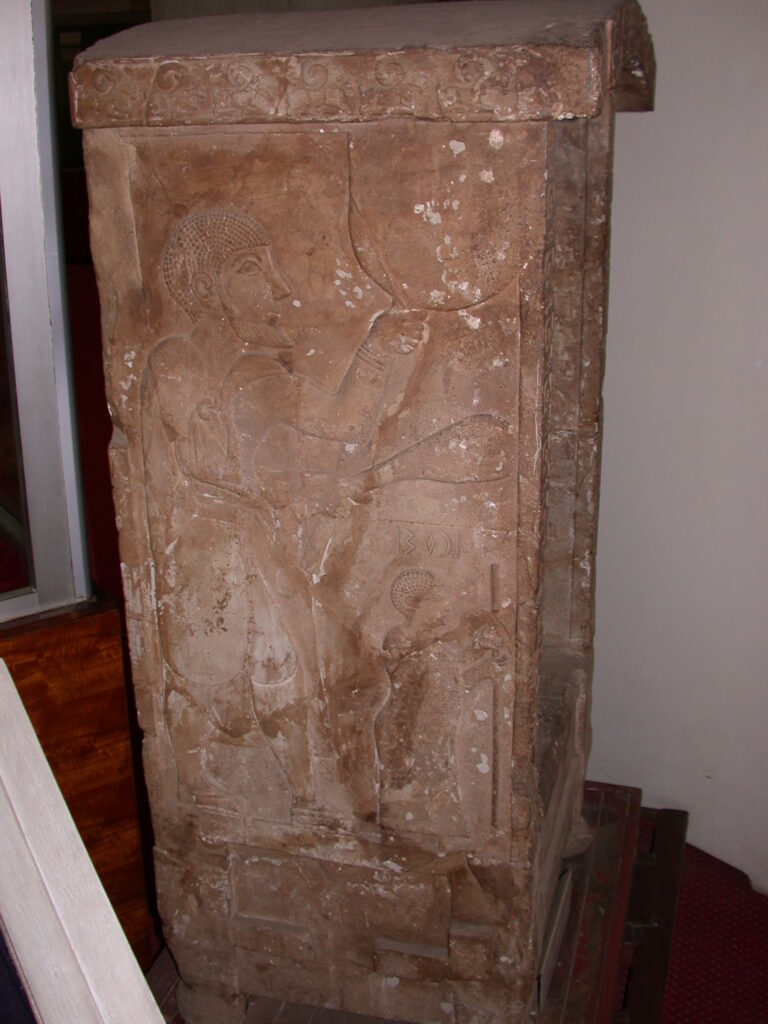
Then, from the second half of the first millenium BCE in Hawlti, Tigrai, Ethiopia, we have two red earthenware female figurines and a group of buff earthenware human figurines.
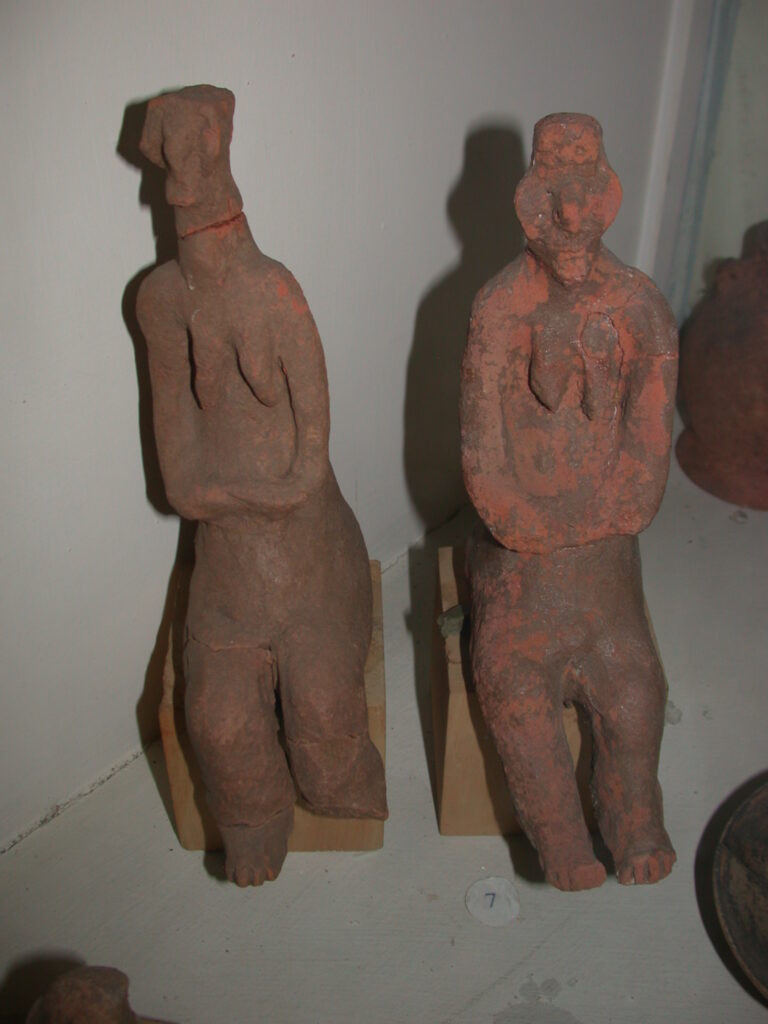
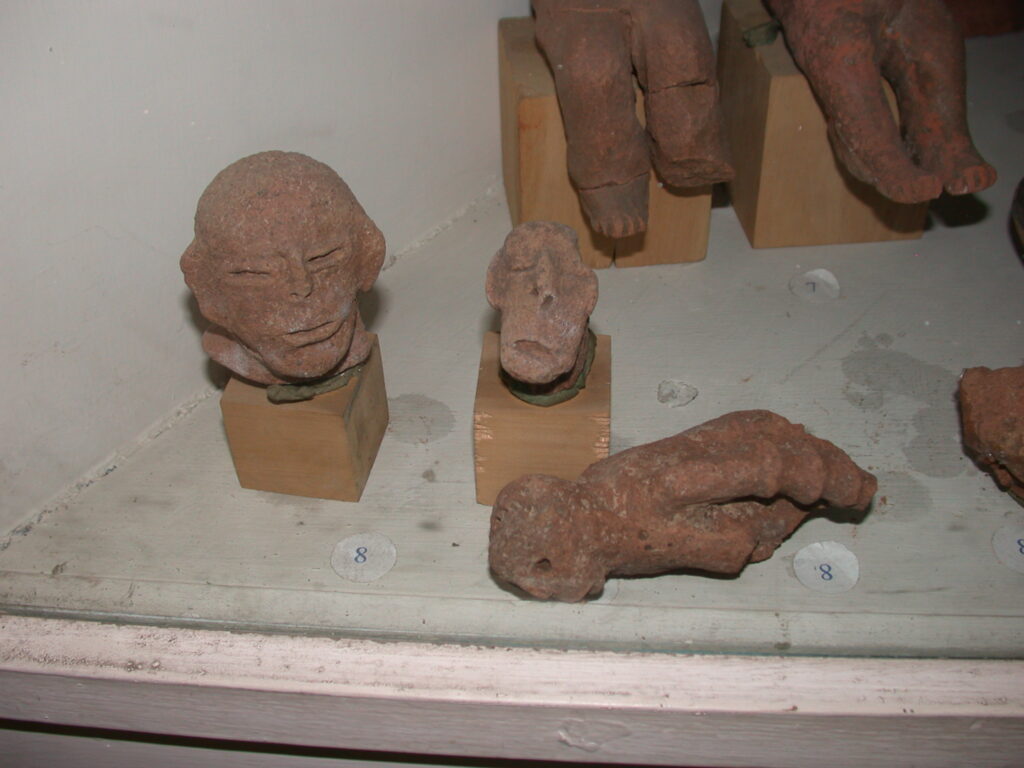
From the second century BCE to the second century CE in Kuhi, Tigrai, comes a buff earthenware tripod pod with “human legs”.
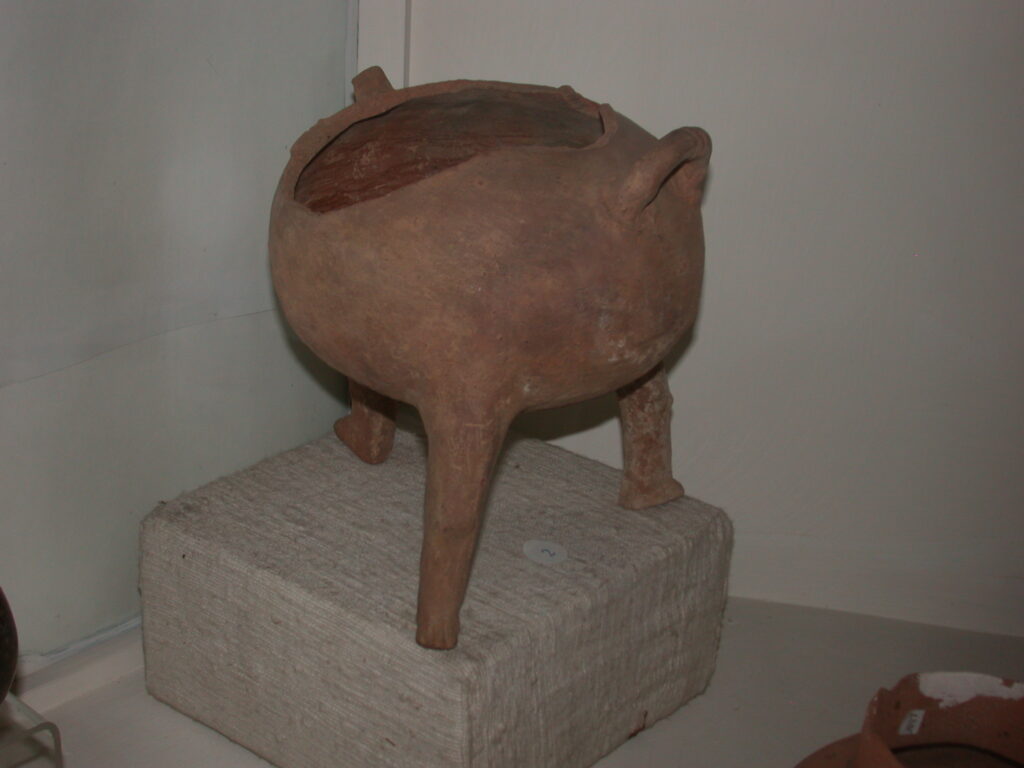
From the fifth to fourth century BCE in Goboshela or Gobochela, Tigrai, comes a limestone and alabaster altar with an inscription in “South Arabic” about a family’s dedication to their god “for the protection of their life” and a stone incense burner from the sixth to fifth century BCE in the same region with the inscription “Ylbb the stone worker has dedicated to Almaqah”.
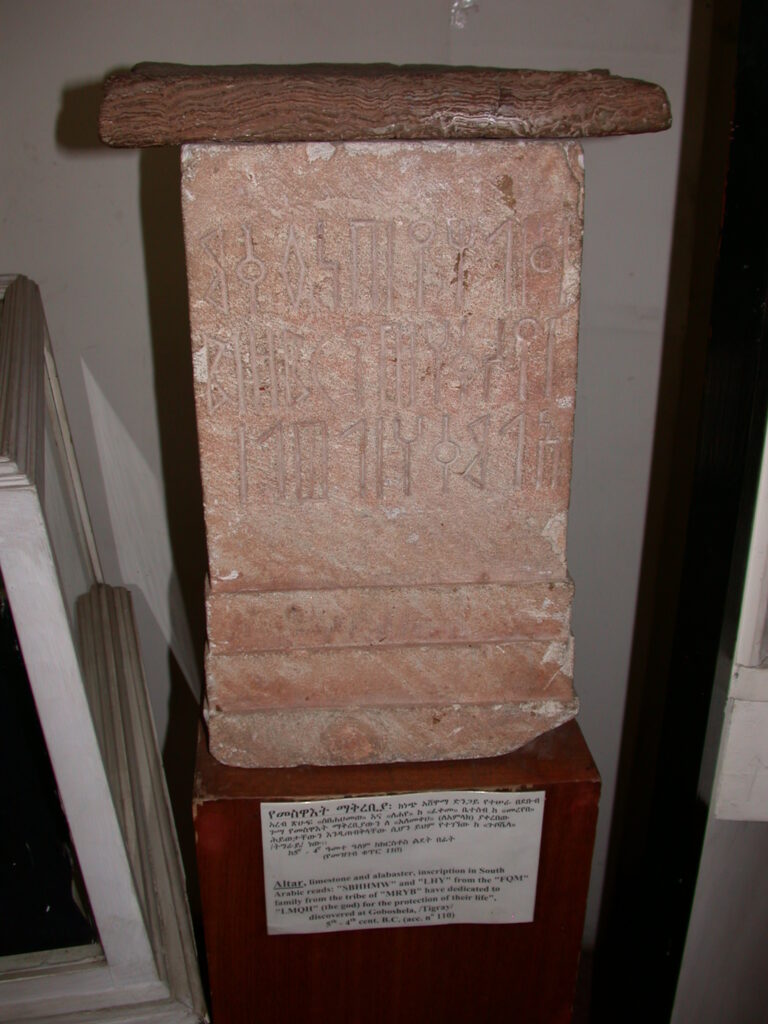
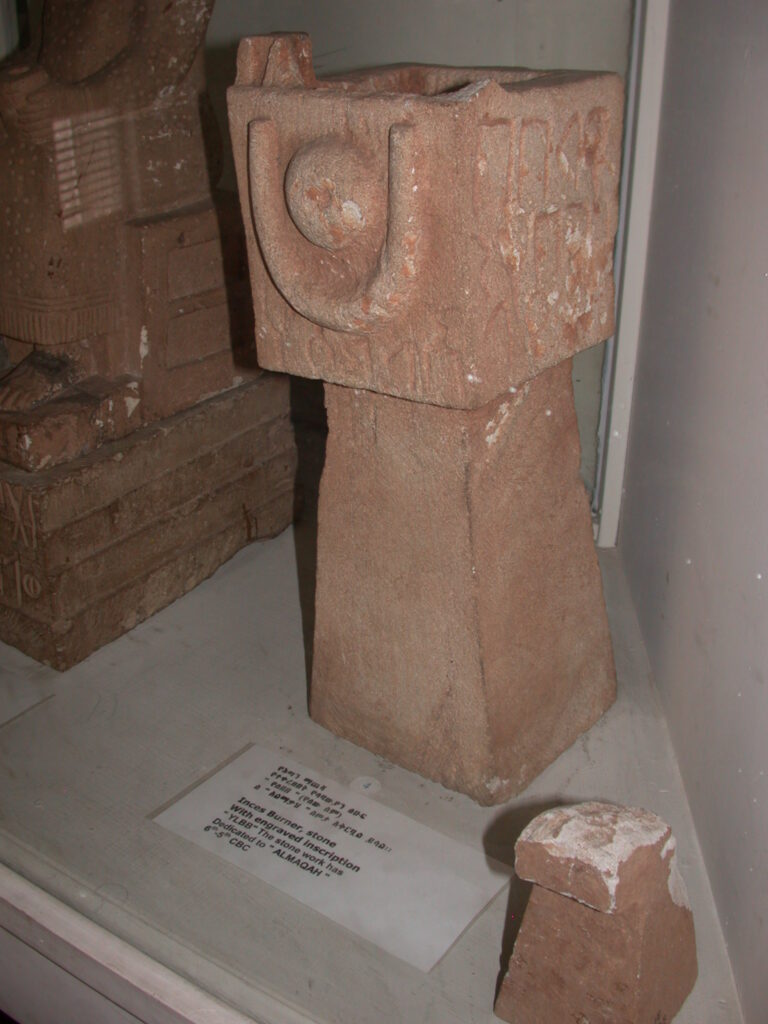
From the end of the first millenium BCE in Addi-Galamo, Tigrai, a small alabaster altar and, from the sixth to fifth century BCE in the same region, a limestone statue of a female with the inscription in “South Arabian” (looks like a different language to me) of “For god grants a child to Yamanat.”
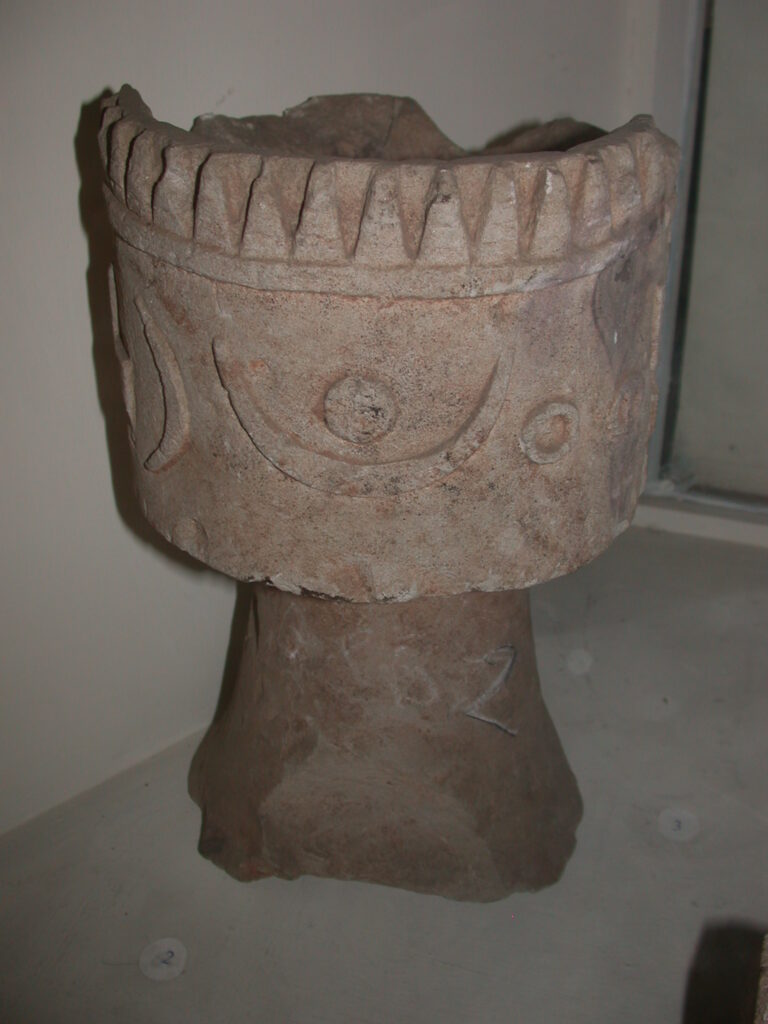
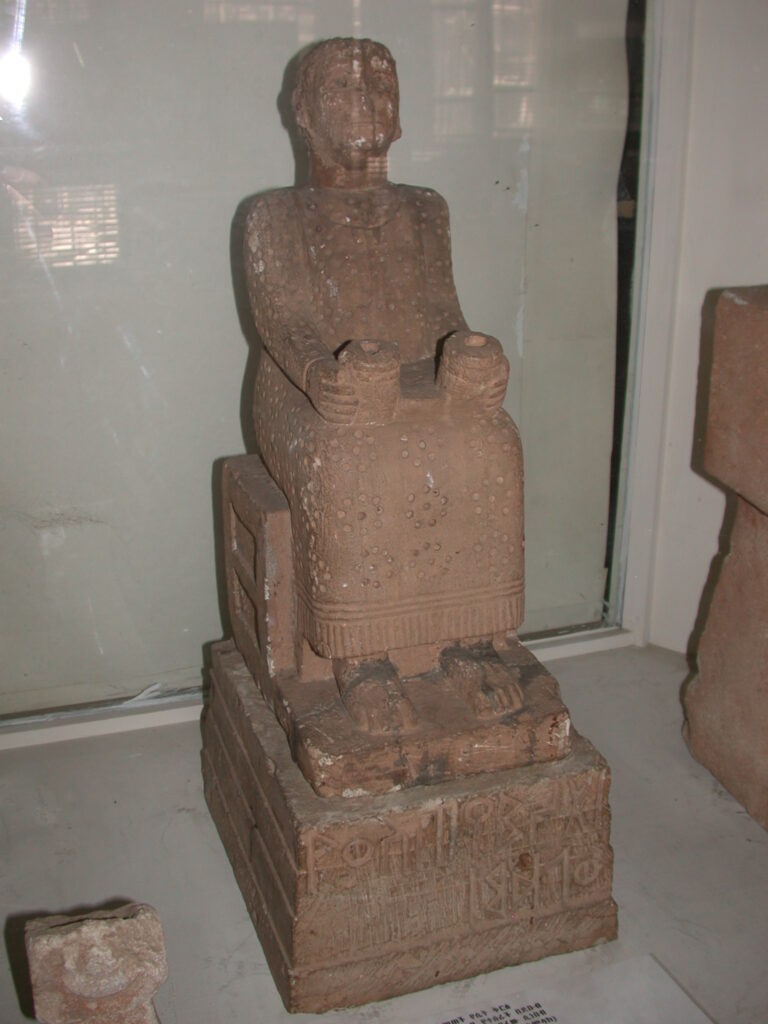
Then, we see an bronze oil lamp depicting a dog hunting an ibex from before the first century BCE in Matara, now part of Eritrea.
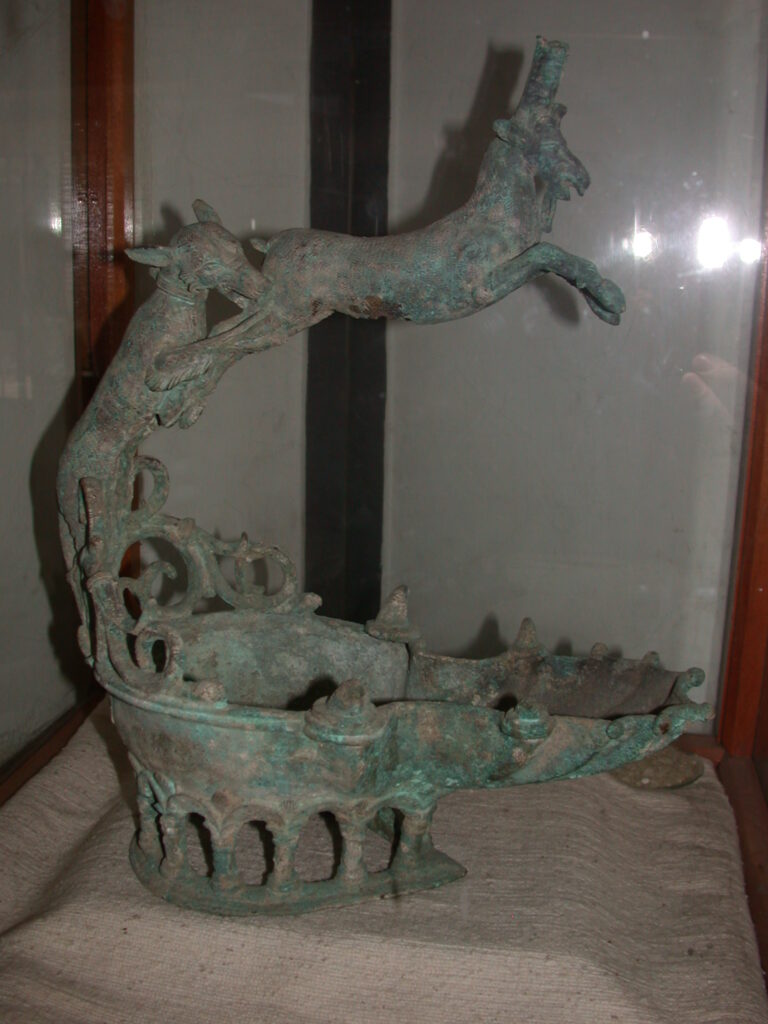
The collection also holds some exquisite female figurines from Matara that look similar to the really ancient Anatolian mother goddess figures, two in terra cotta and one in white stone, date information unfortunately not listed.
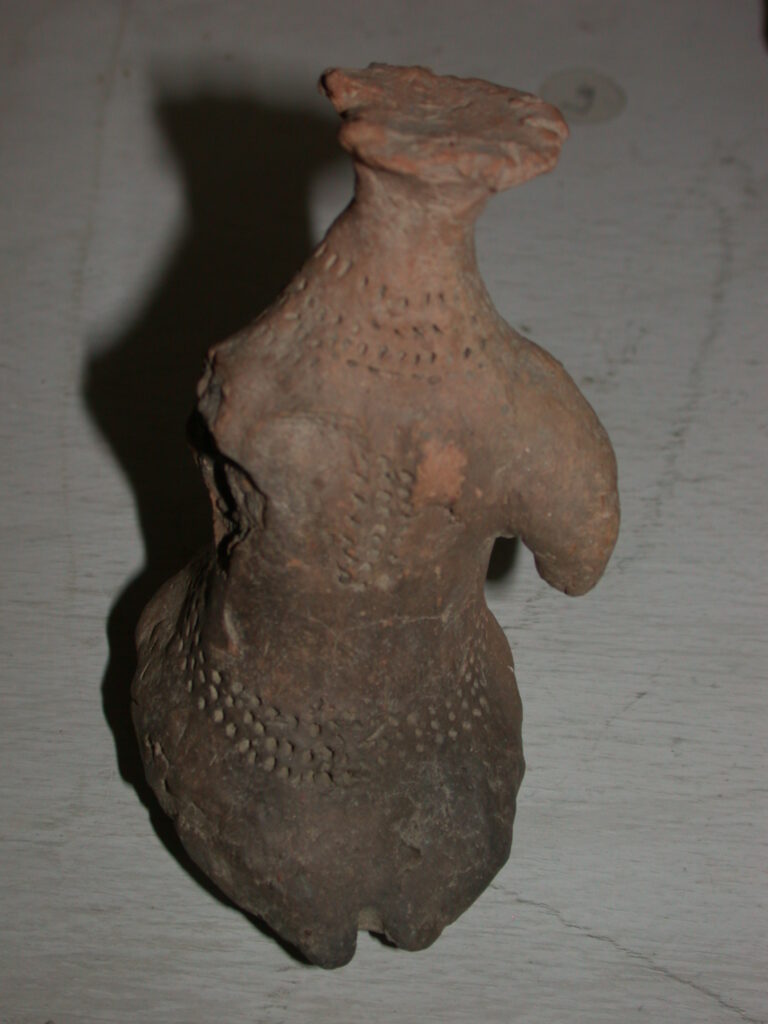
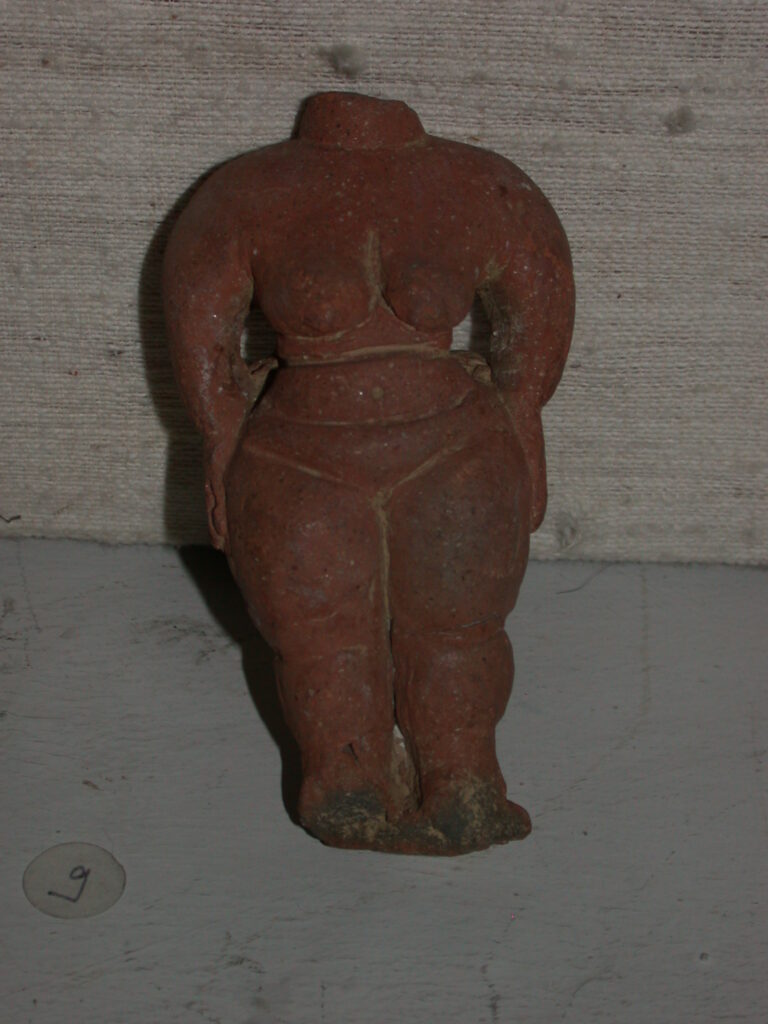
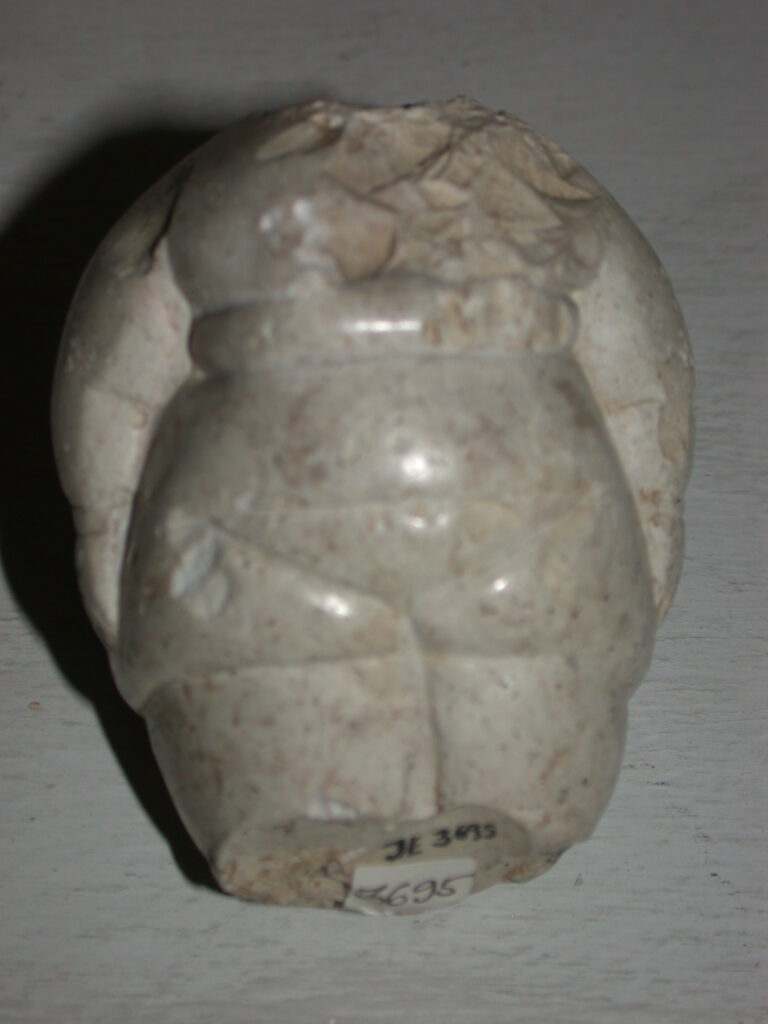
Here’s an exquisite amphora used to import wine and olive oil from the Mediterranean to Axum, Tigrai, in the fourth to seventh century CE.
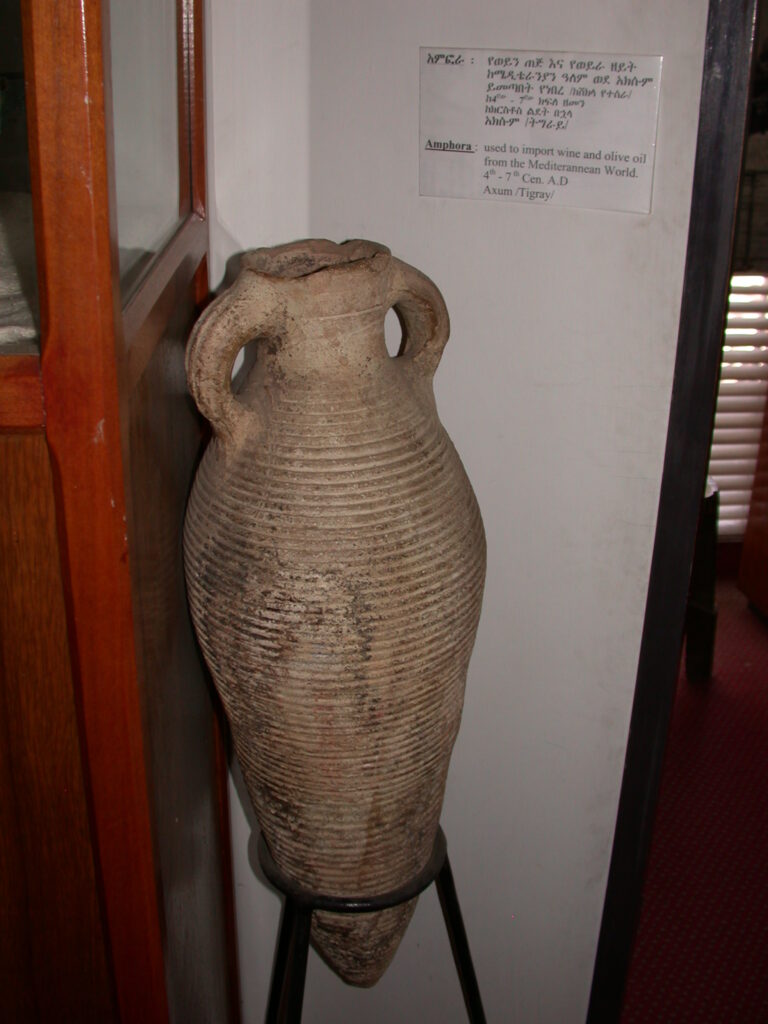
Photo of unidentified anthropomorphic stela from Southern Ethiopia.
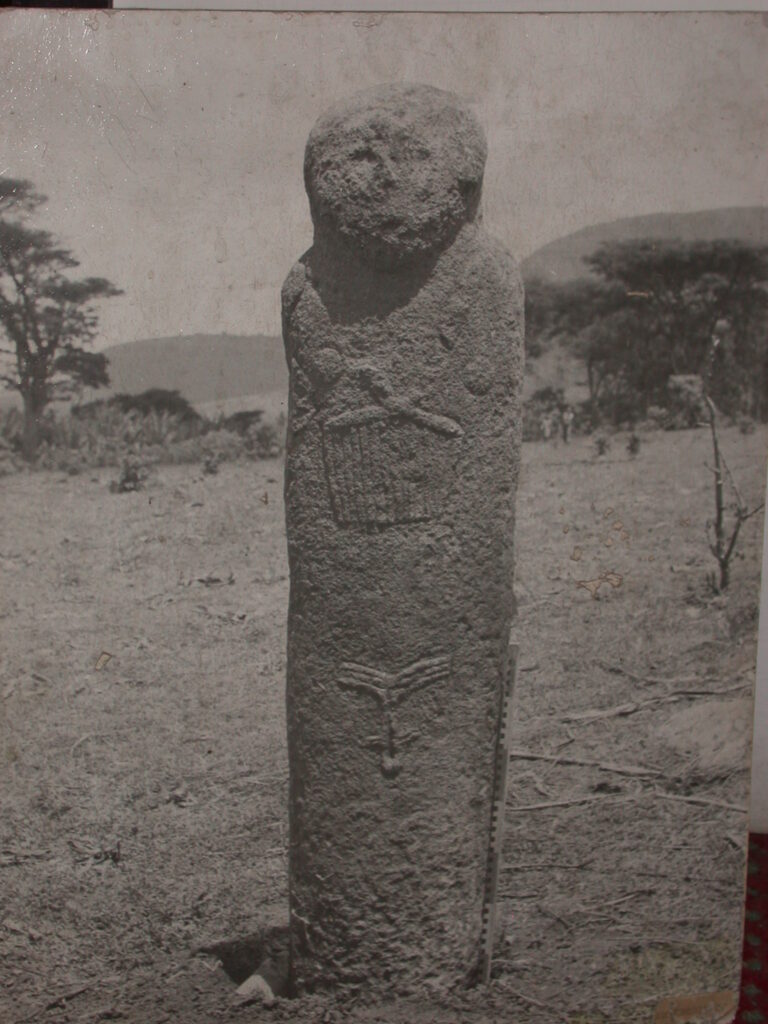
Finally, when I left the museum, I wandered around the grounds and came across this cafe in a traditional building called a tukul.
